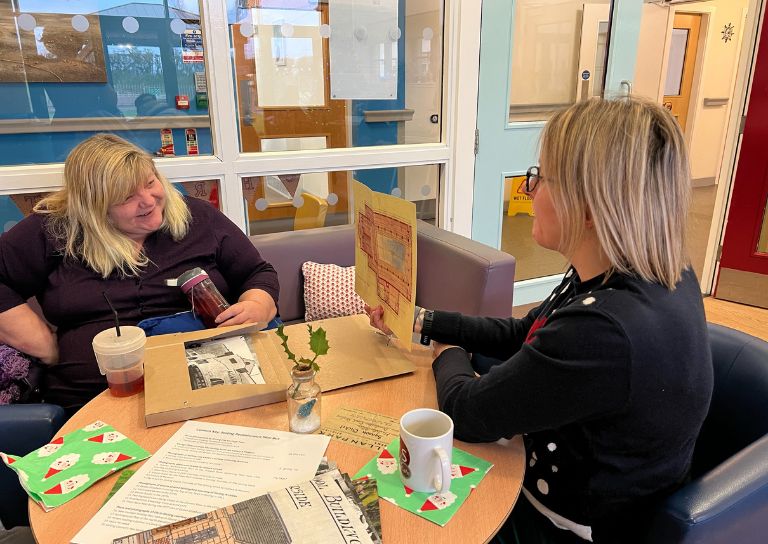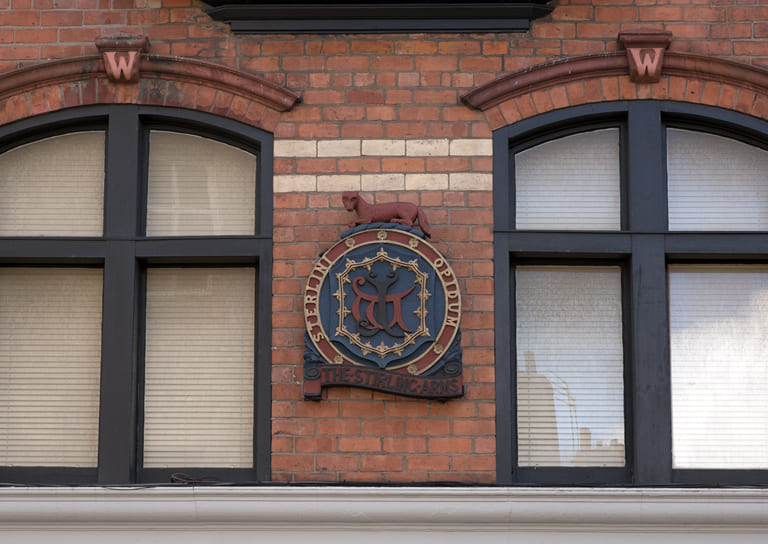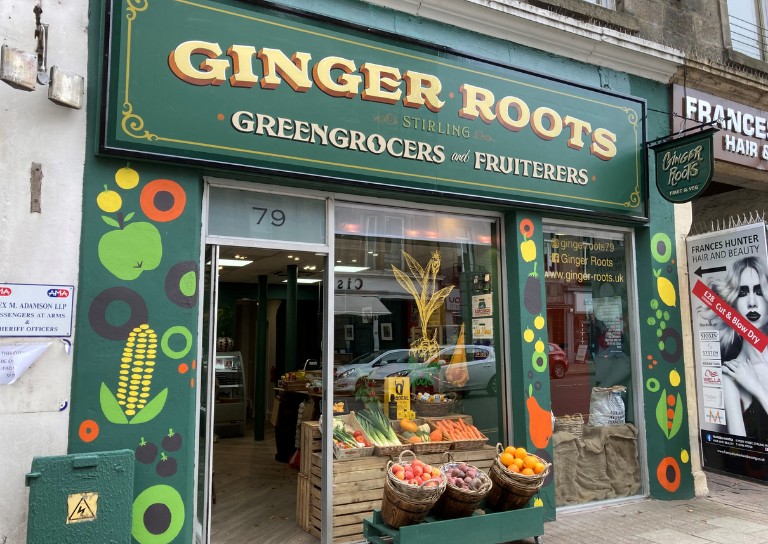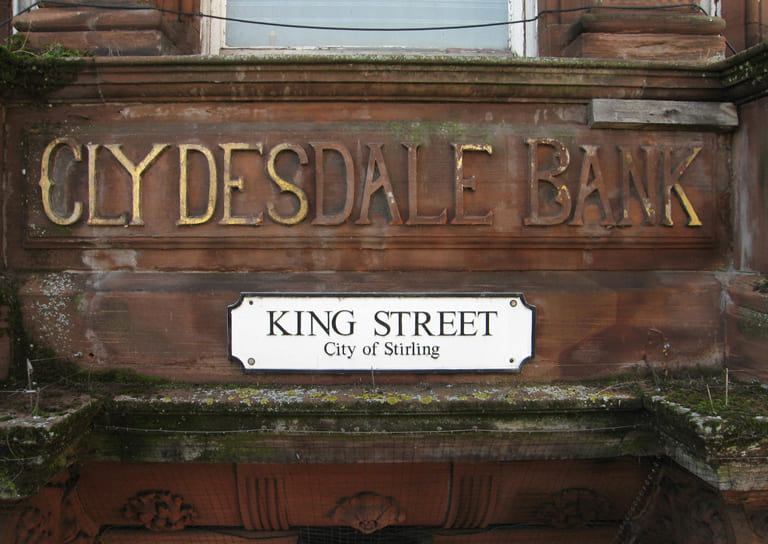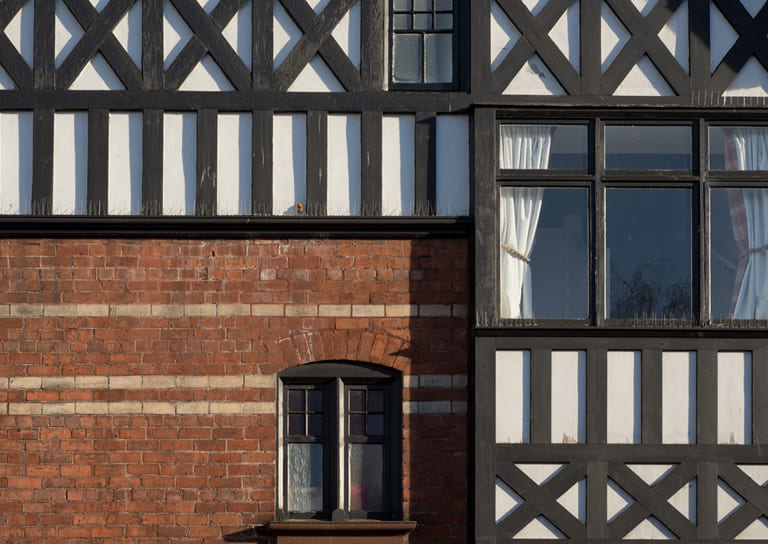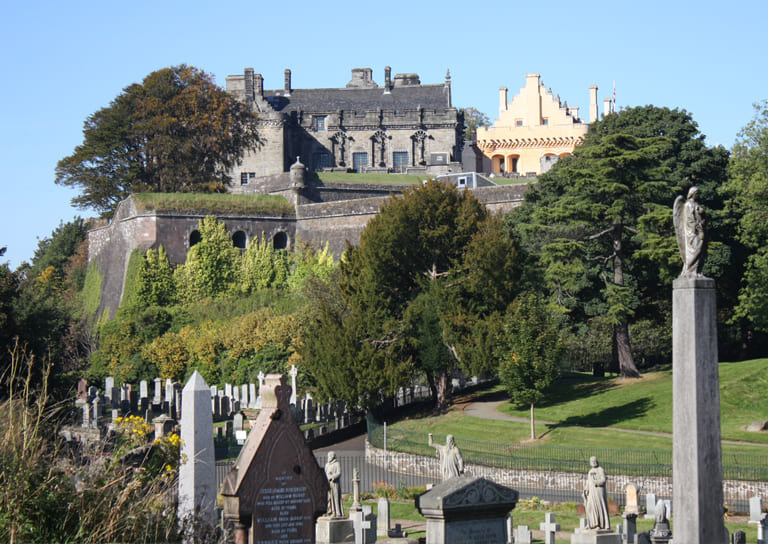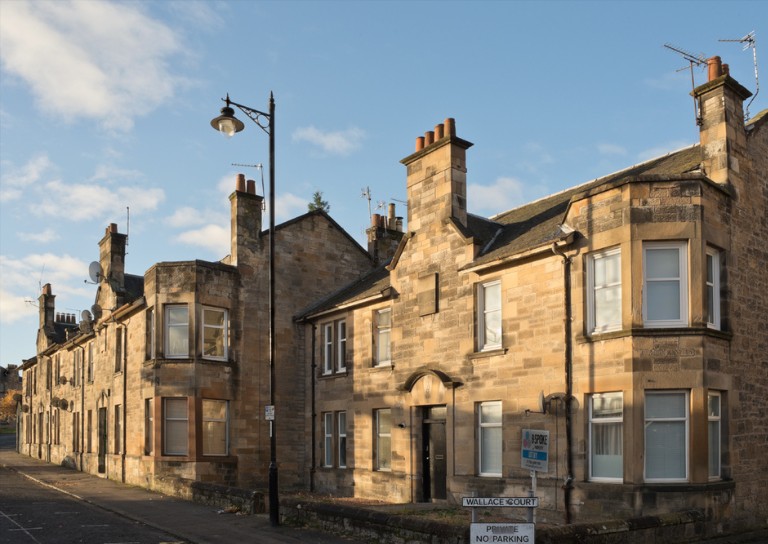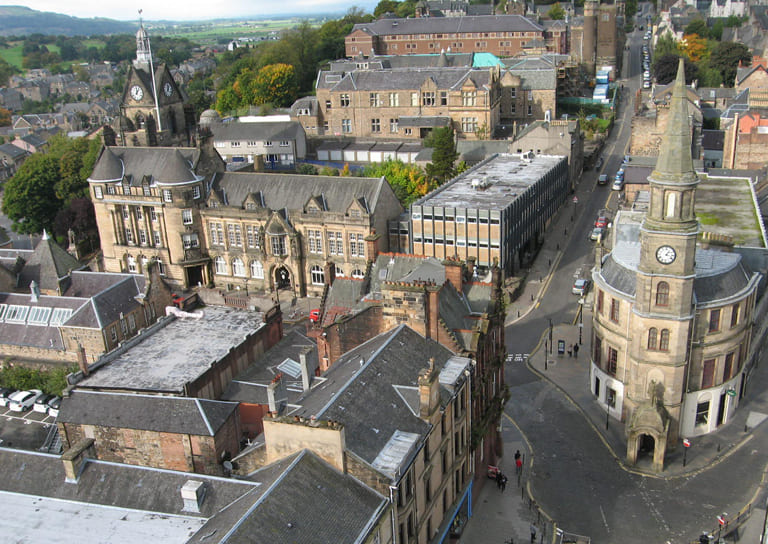- Home
- Our Work
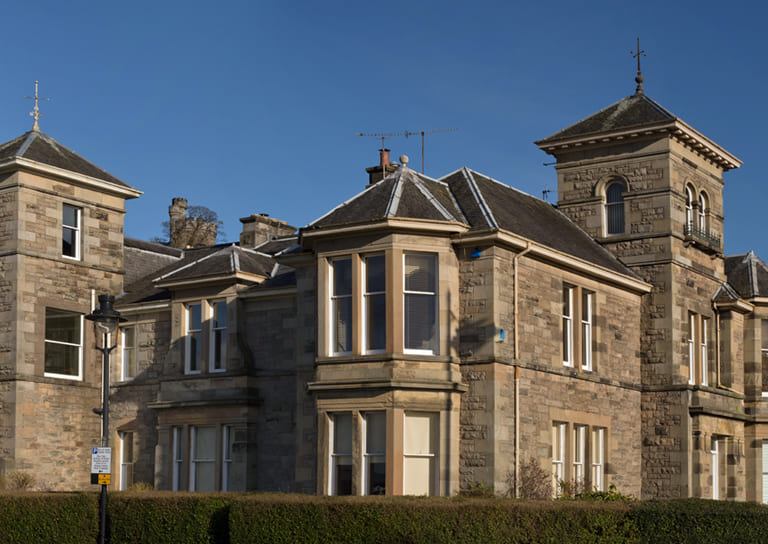
- Stirling's Story
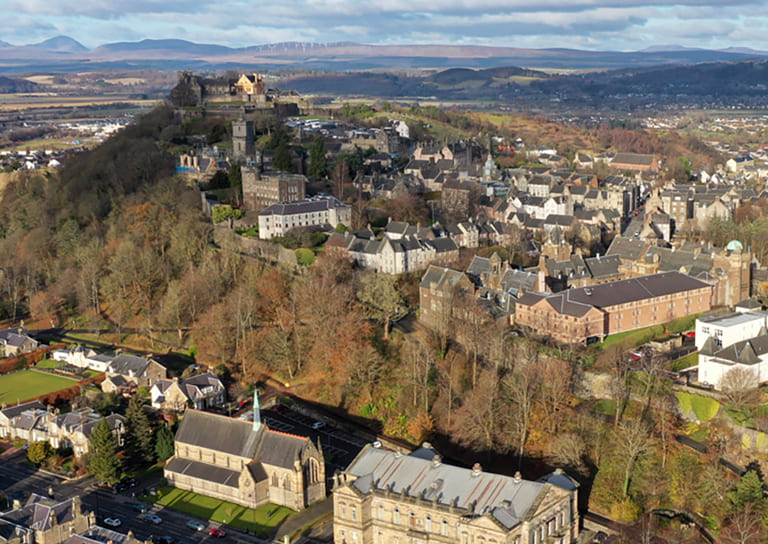
- Blog
- Women in Construction at Bannockburn House
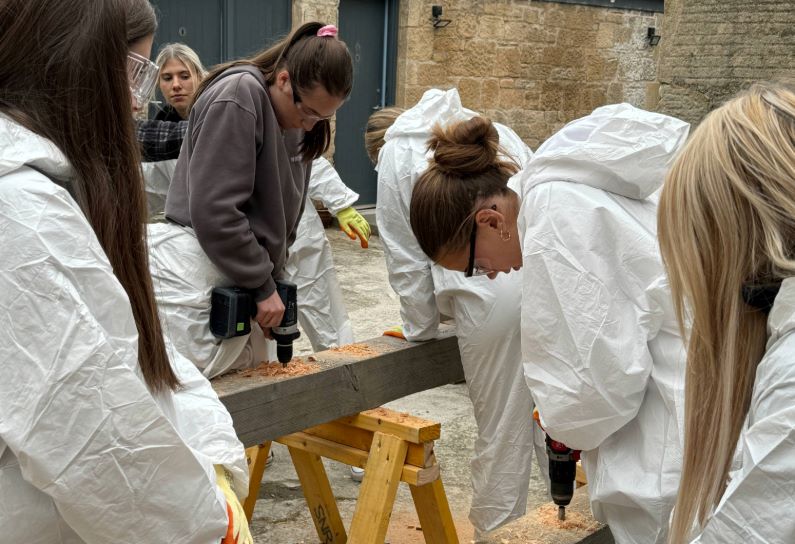
- Avenues to the Past: Stirling’s Historic Streets Exhibition
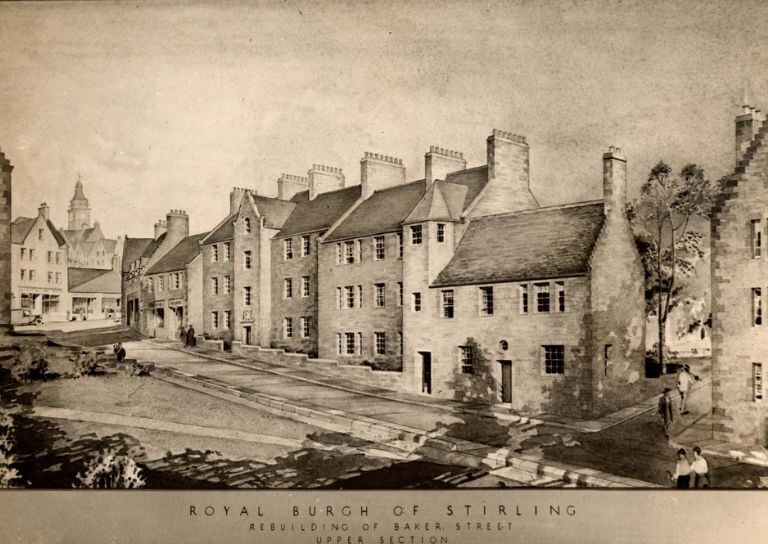
- Stirling Business Awards 2025

- What is a Conservation Area
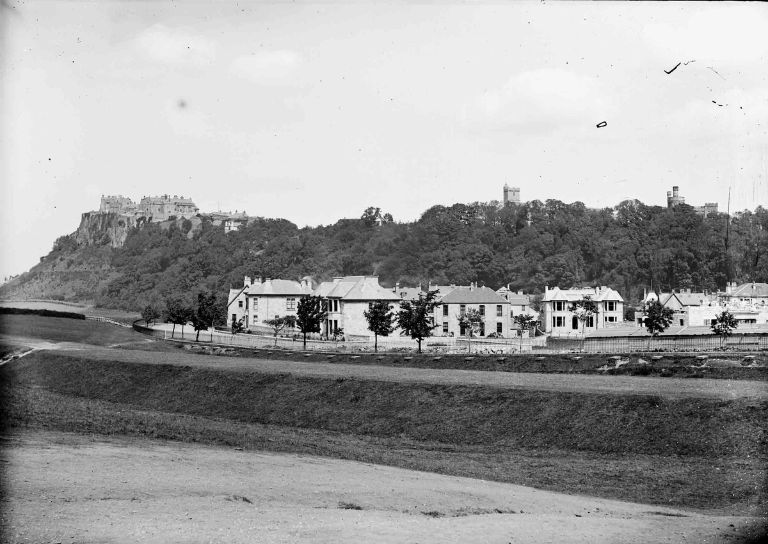
- 20 Great Buildings of Stirling
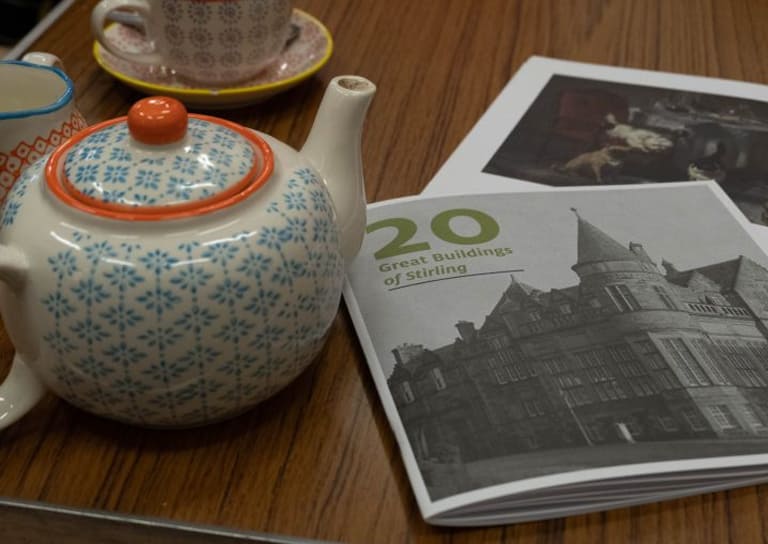
- Reminiscence Art Project
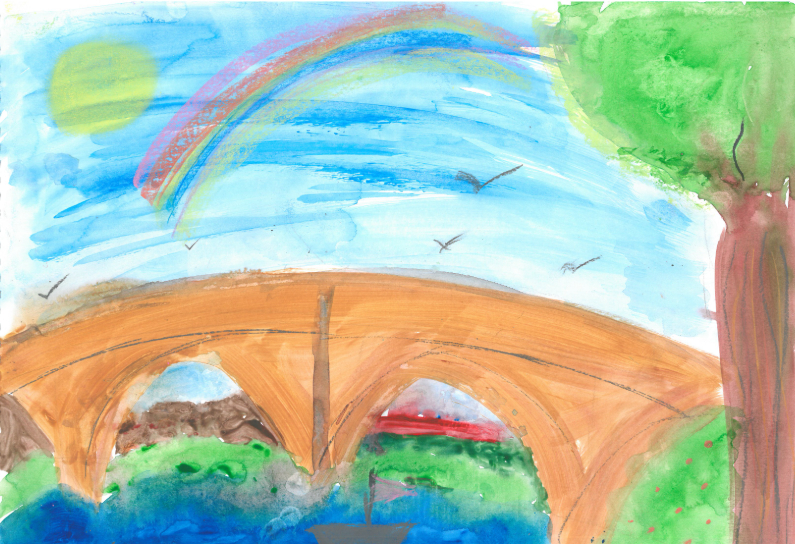
- On the European Stage: Preserving by Maintaining conference, Bratislava
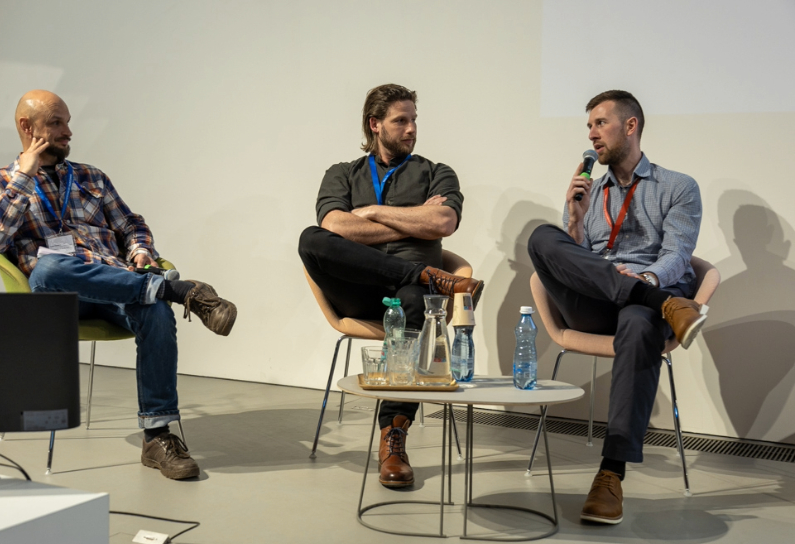
- The Abolition Movement in Stirling
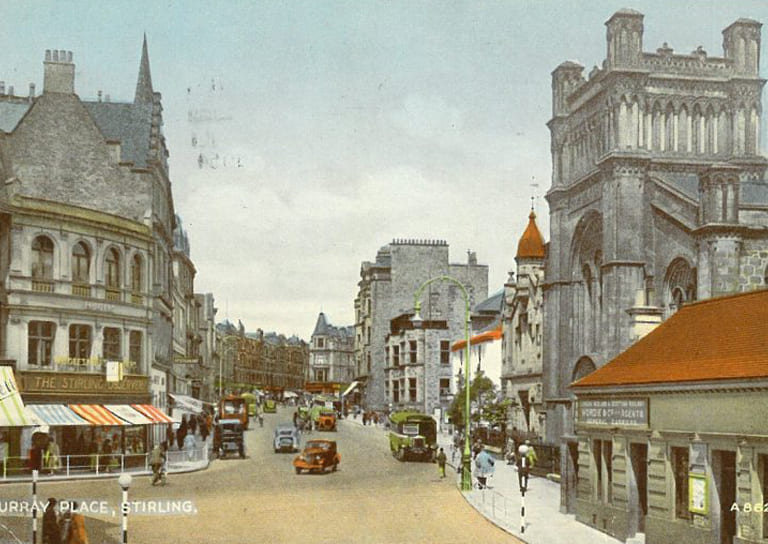
- Practical Workshop on Retrofitting Insulation with A. Proctor Group

- Walker Family Visit
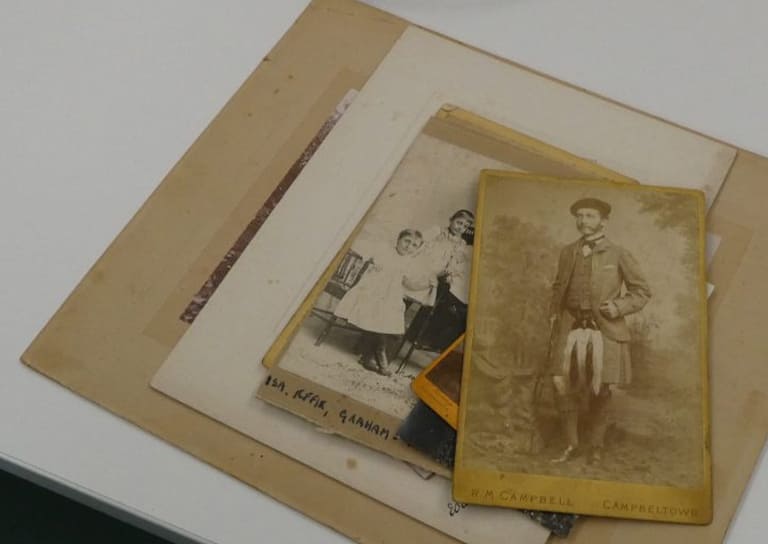
- Ghost Tales from Stirling
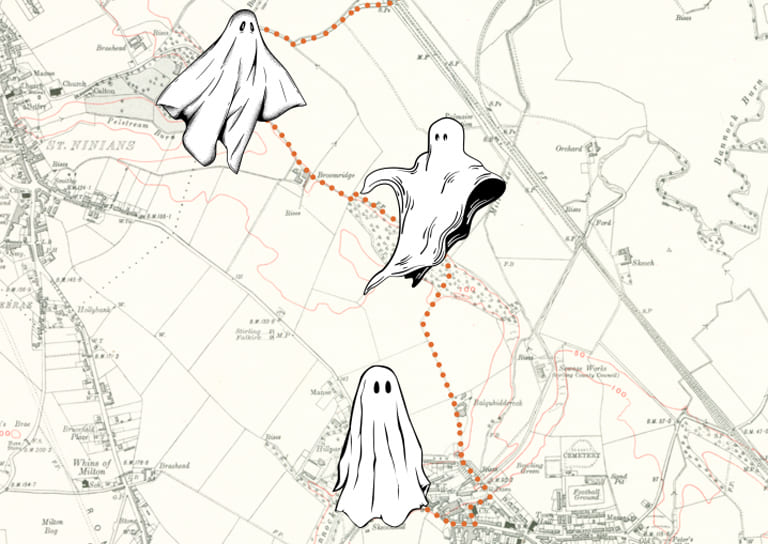
- Snowdon House and The West Indies
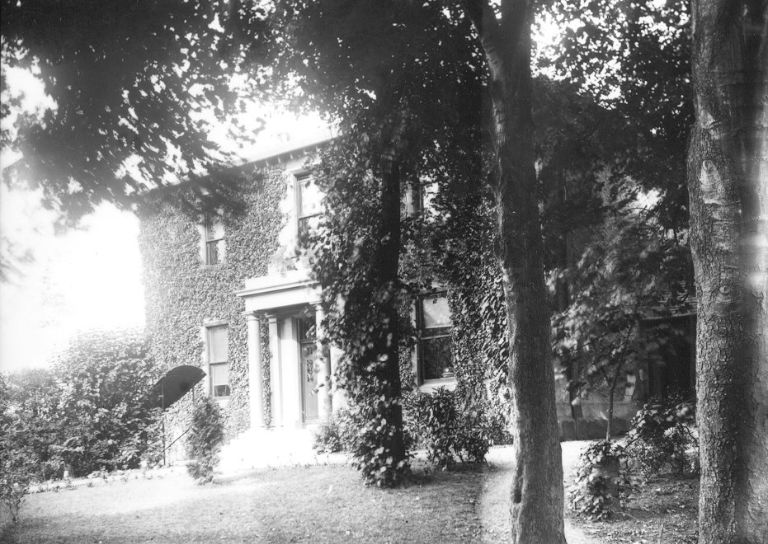
- Stirling’s Streetscape Stories: Photography Workshop
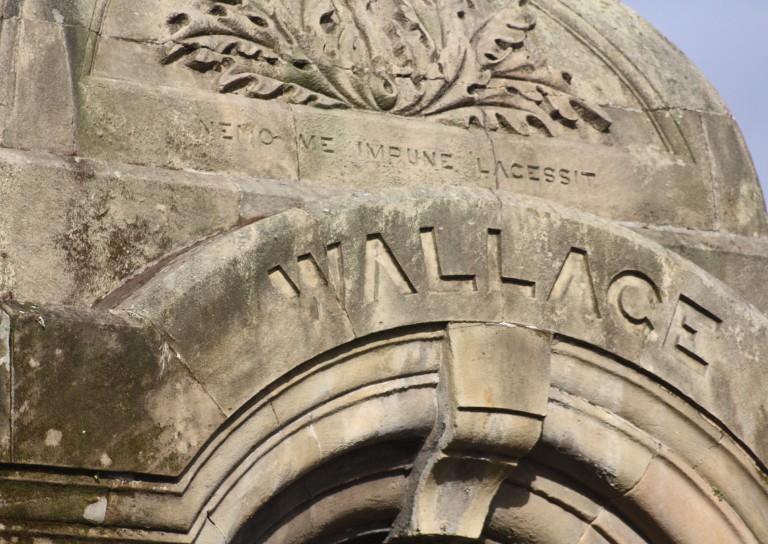
- Stirlingshire’s Highland Games
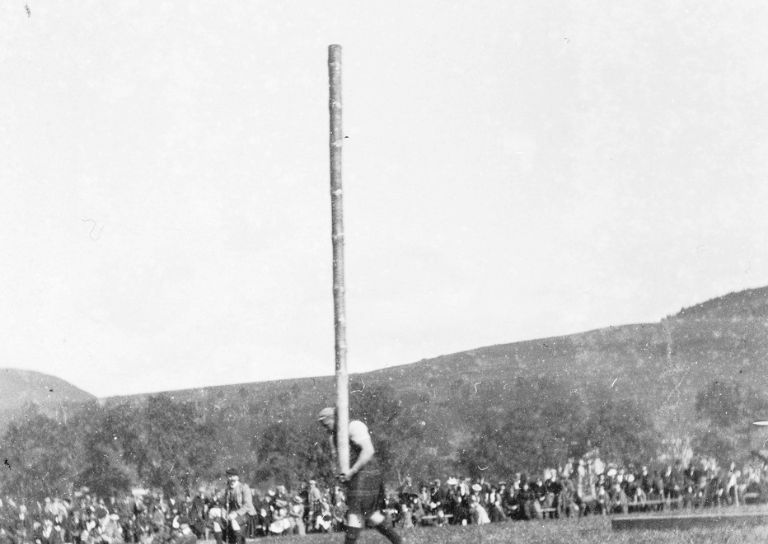
- Creative careers in the heritage sector
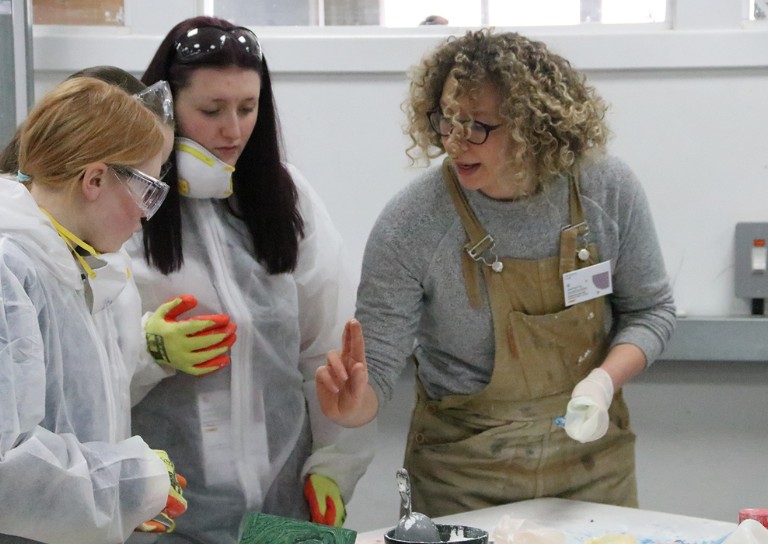
- Postcards From Stirling
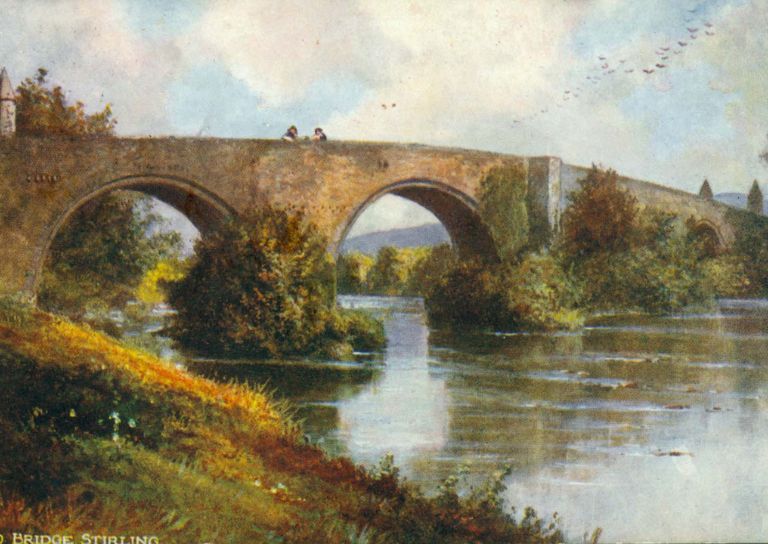
- Stirling’s Gala Days
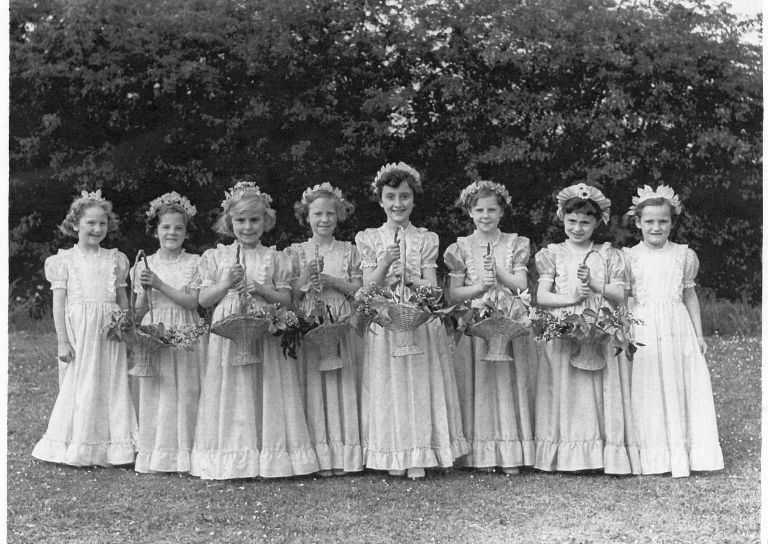
- Building Surveying Student Intern at Stirling City Heritage Trust
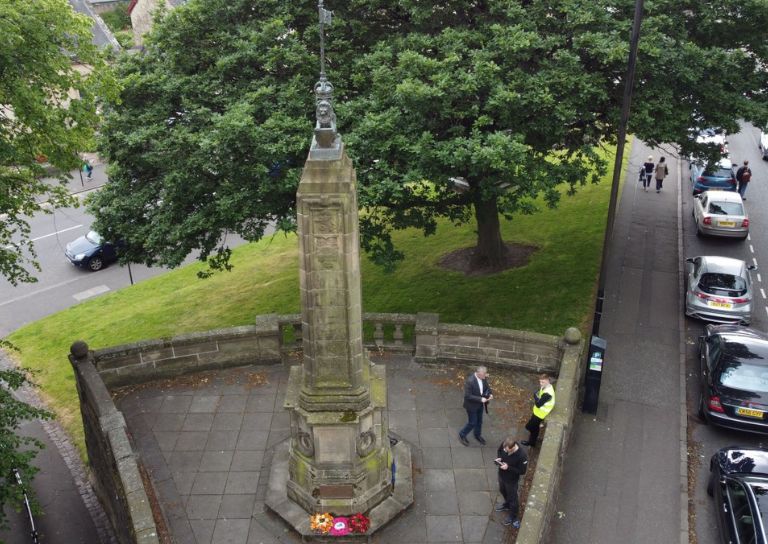
- Heritage Trail: Stirling Walks
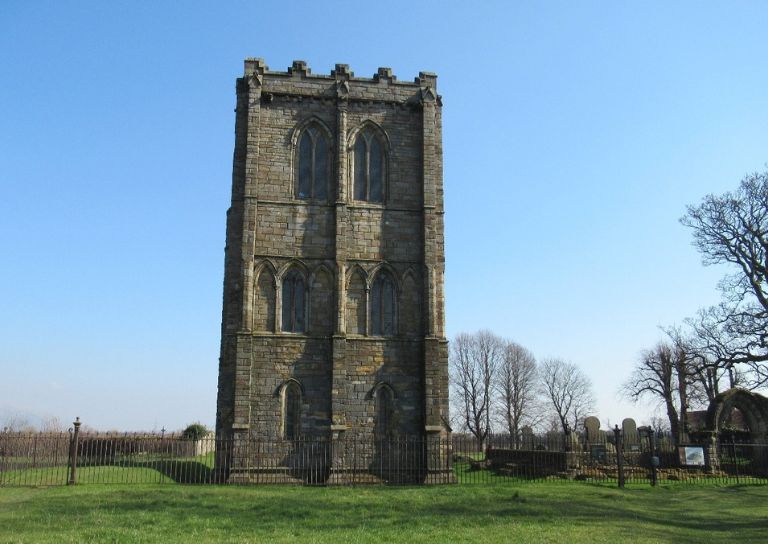
- Local History Resources
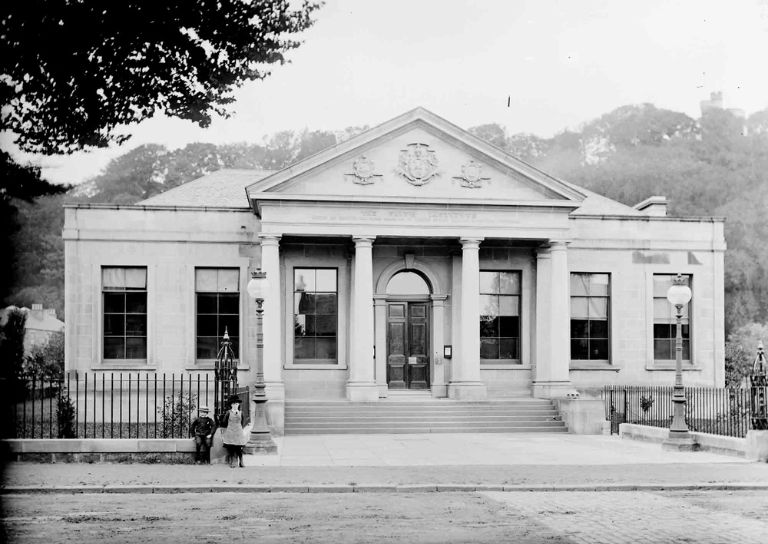
- Stirling Through the Decades
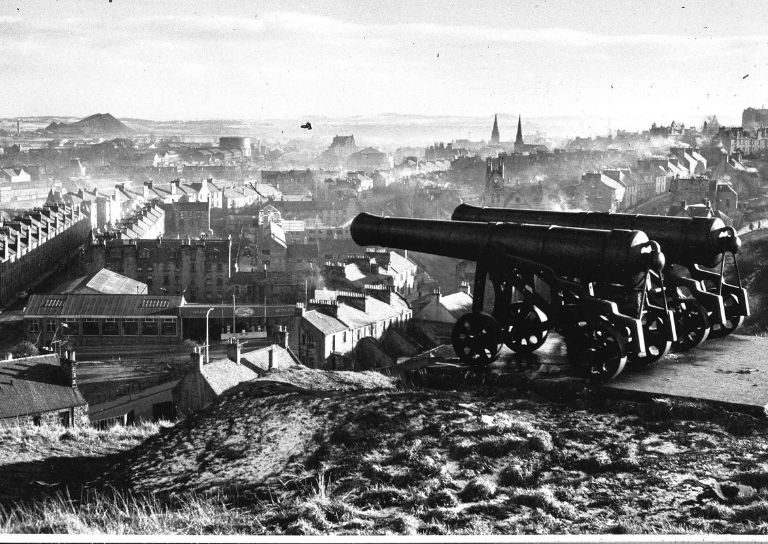
- Stirling’s STEM Pioneers
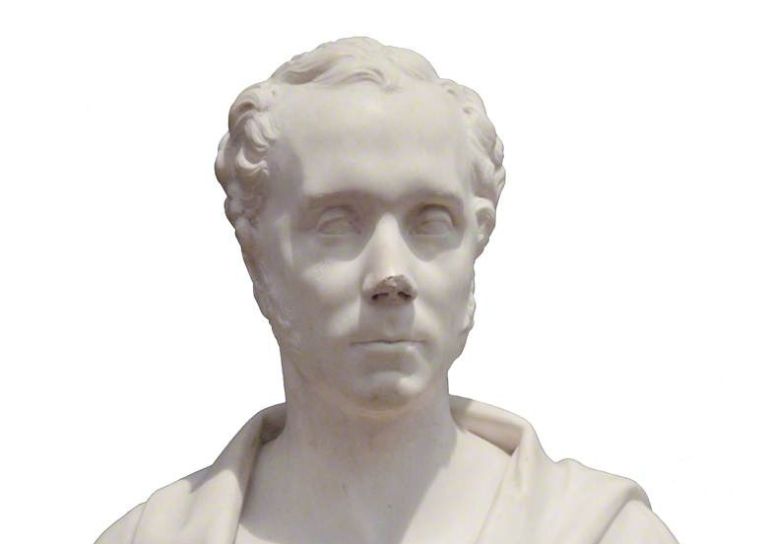
- Traditional Skills: Signwriting
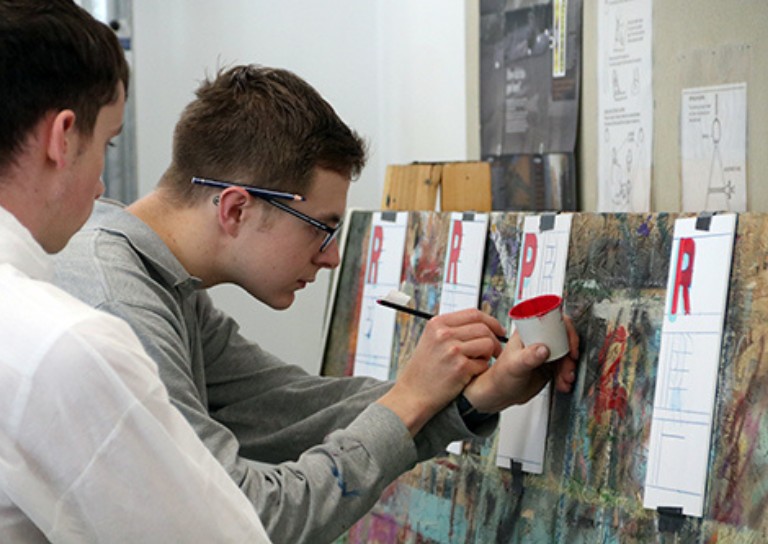
- Christian MacLagan, a pioneering lady, but born too soon?
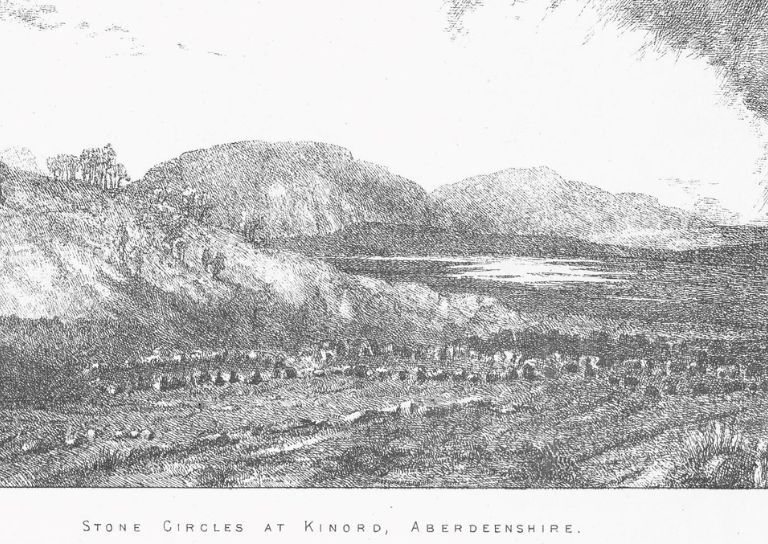
- Traditional Shopfronts in Stirling
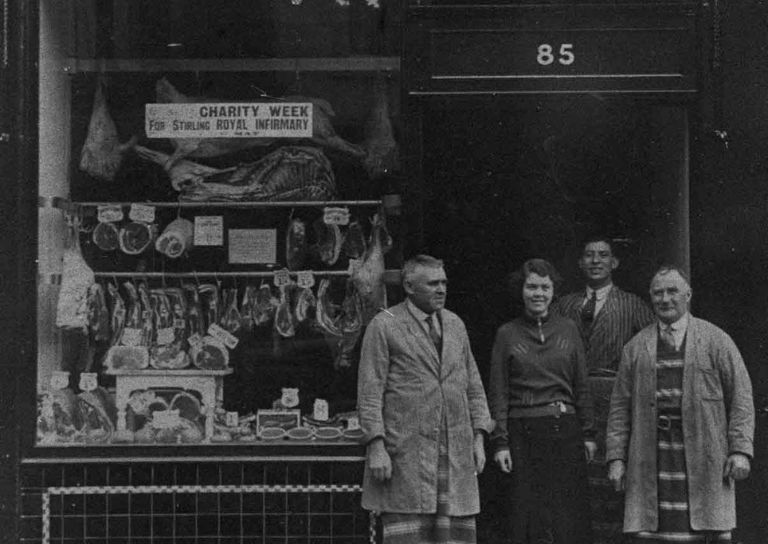
- Stirling History Books for World Book Day
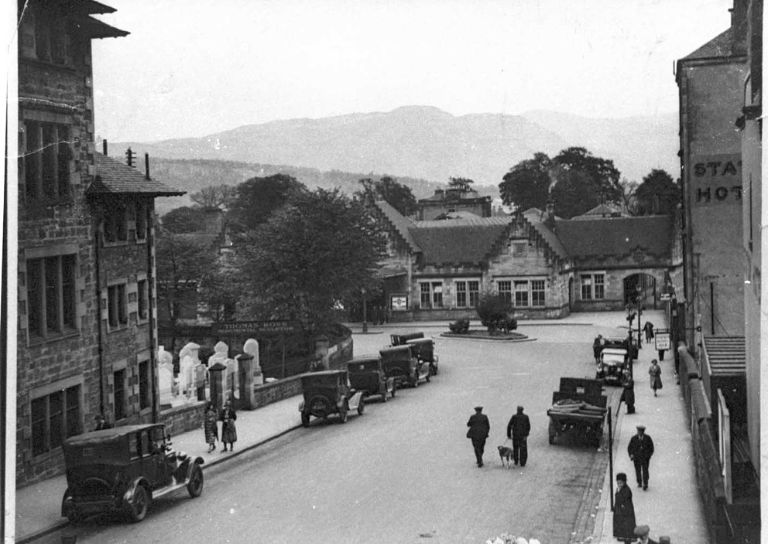
- My Favourite John Allan Building by Joe Hall
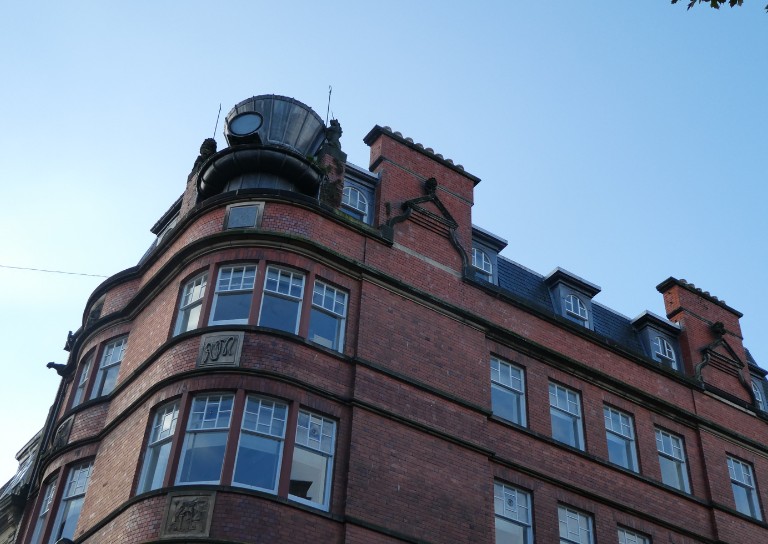
- My Favourite John Allan Building by Lindsay Lennie
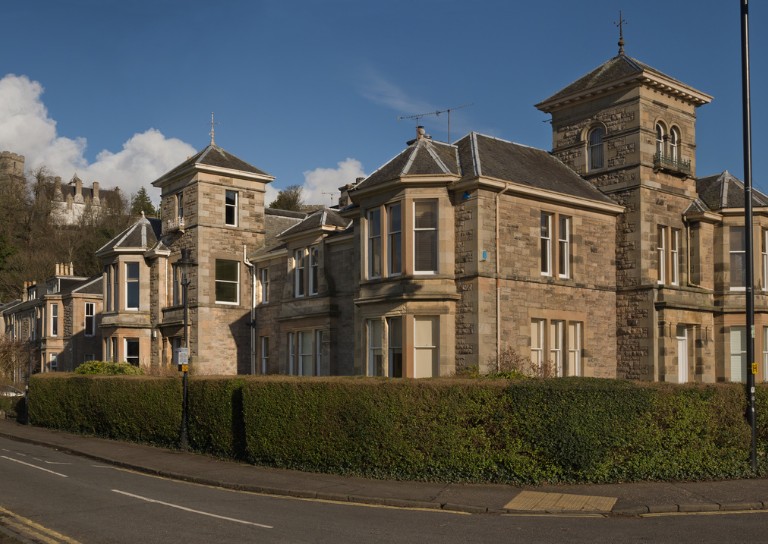
- My Favourite John Allan Building by Andy McEwan
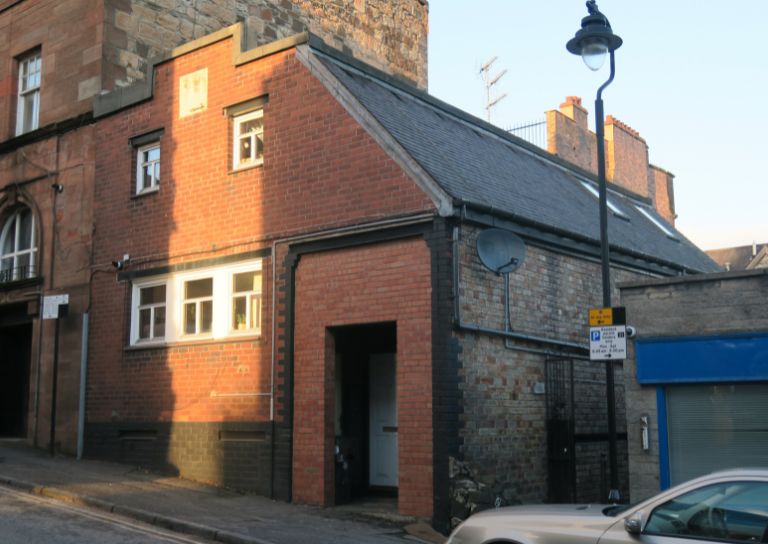
- My Favourite John Allan Building by Pam McNicol
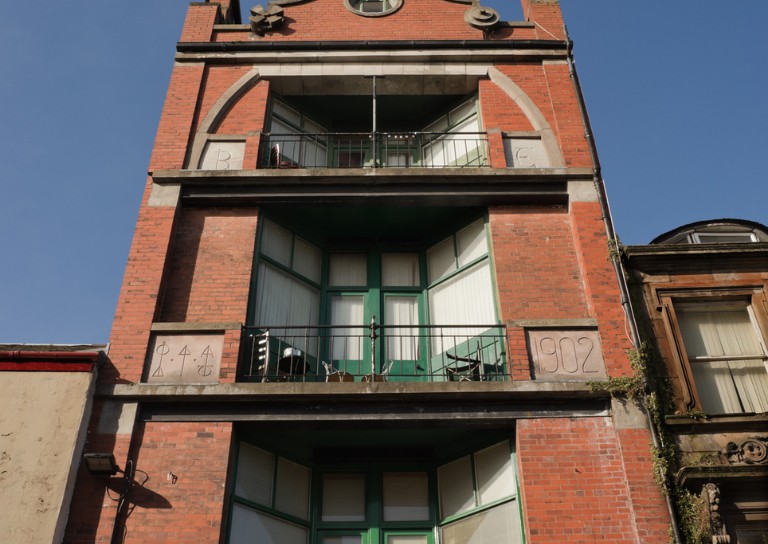
- Celebrating John Allan: A Man of Original Ideas
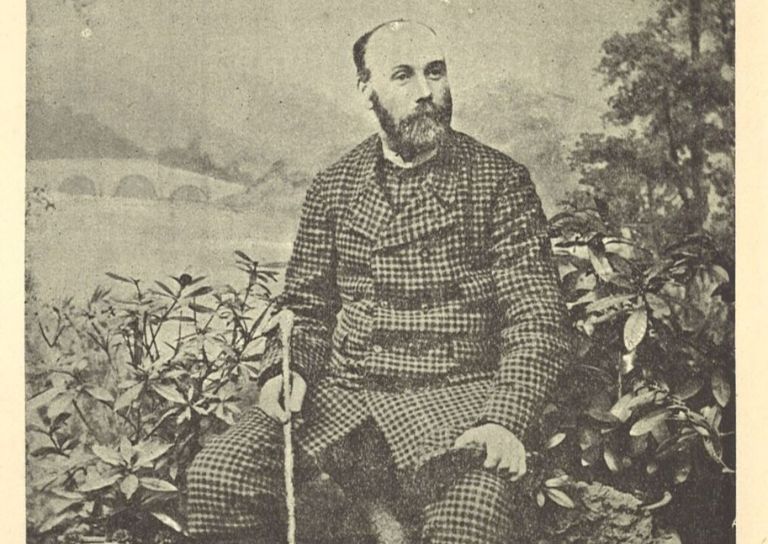
- The Tale of the Stirling Wolf
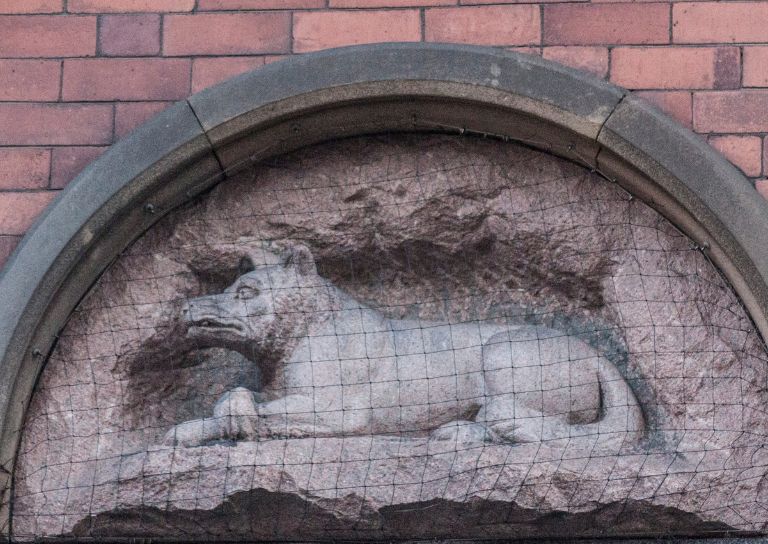
- Stirling: city of culture
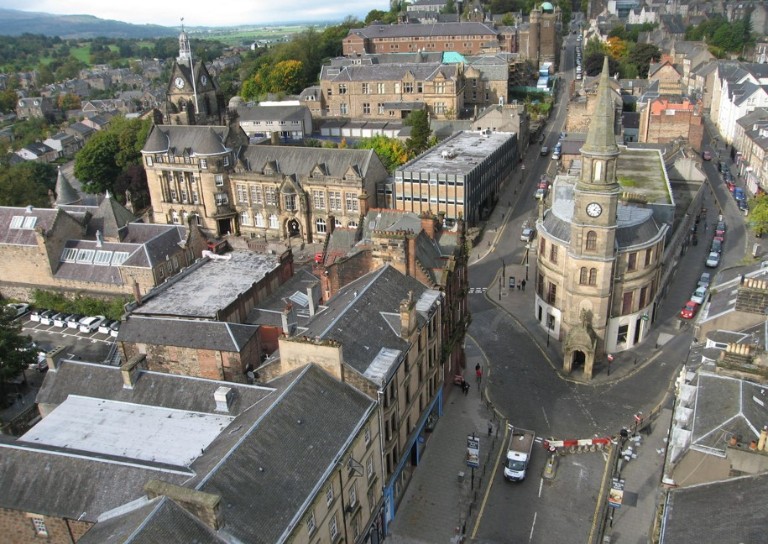
- Christmases Past in Stirling
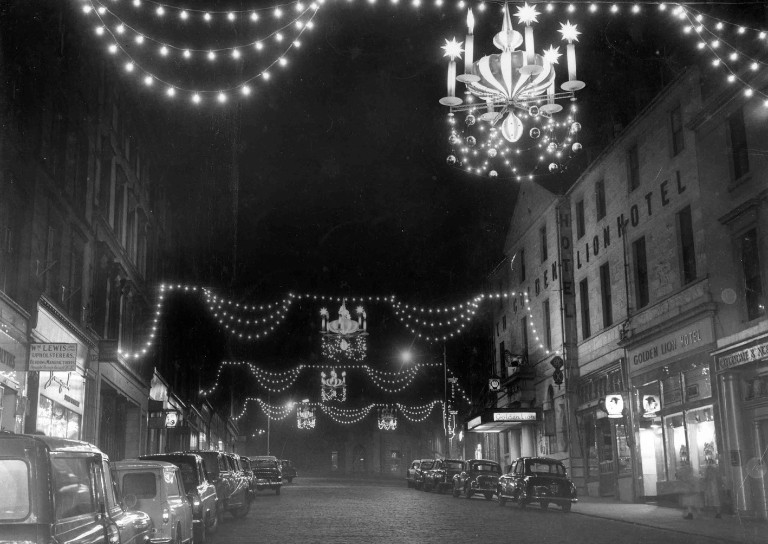
- Stirling’s Historic Graveyards
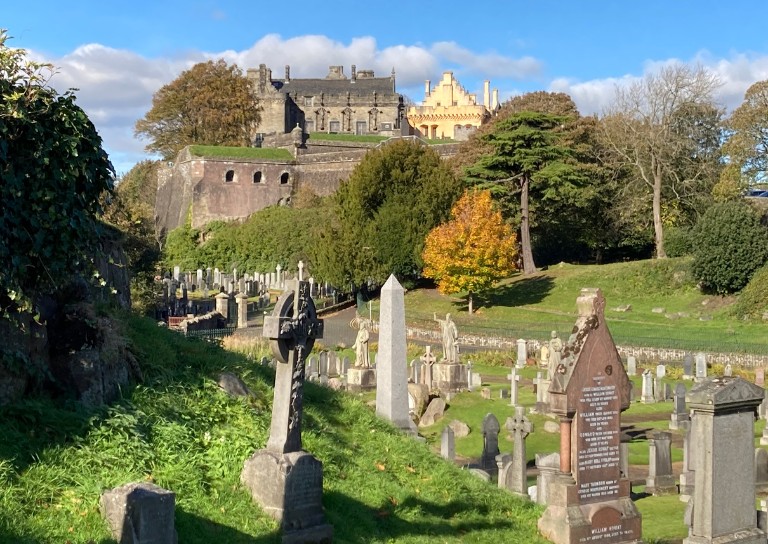
- Top 10 Tips for Architectural Photography
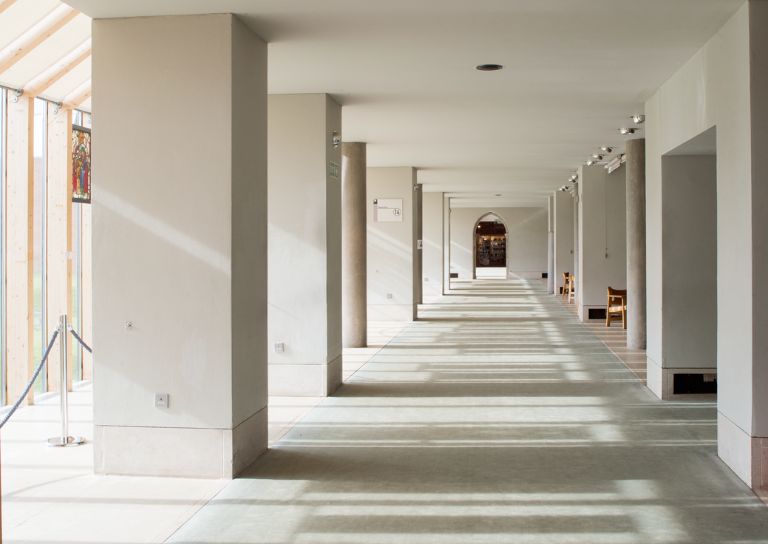
- An Interview with David Galletly
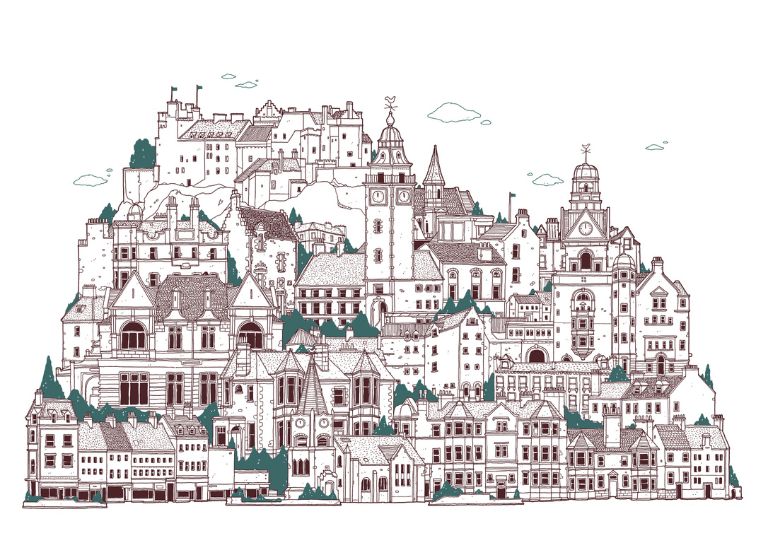
- Springtime in Stirling
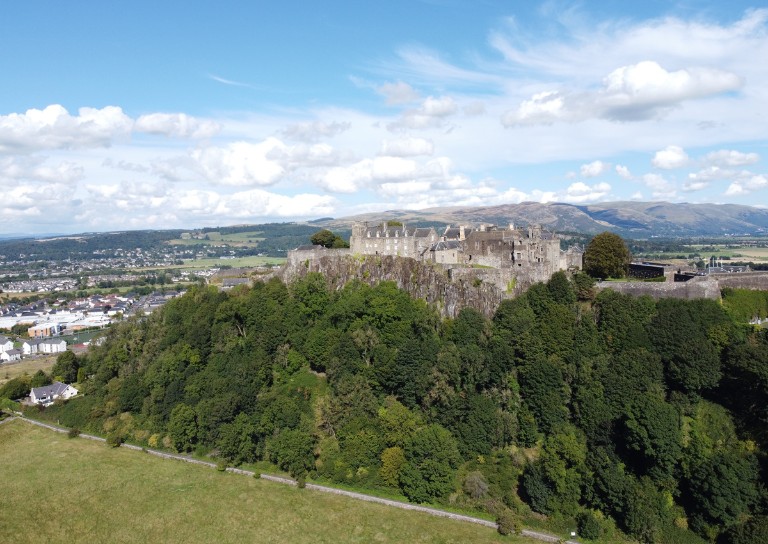
- The Kings Knot – a history
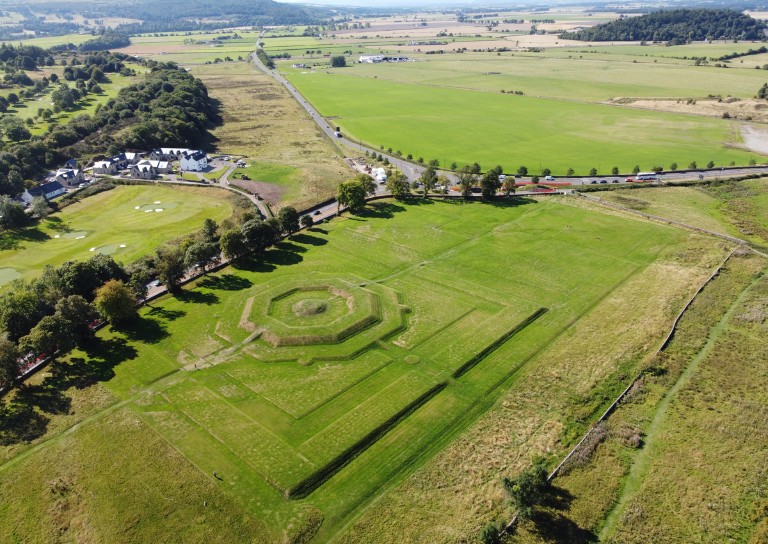
- A Future in Traditional Skills

- Robert Burns’ First Trip to Stirling

- Stirling’s Witches
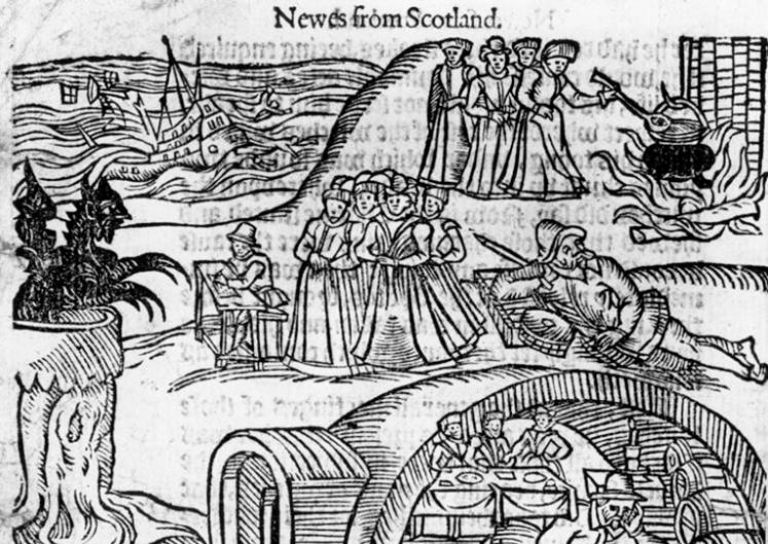
- Stirling’s Ancient Wells
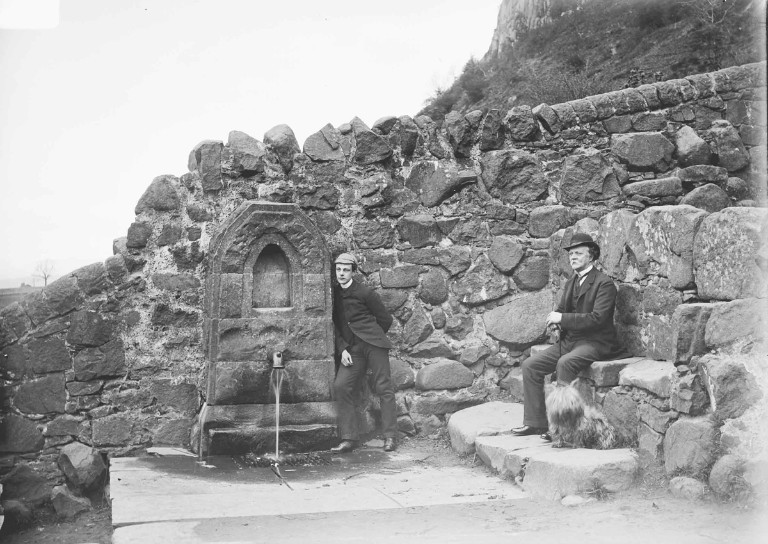
- An architecture student’s take on the City Of Stirling
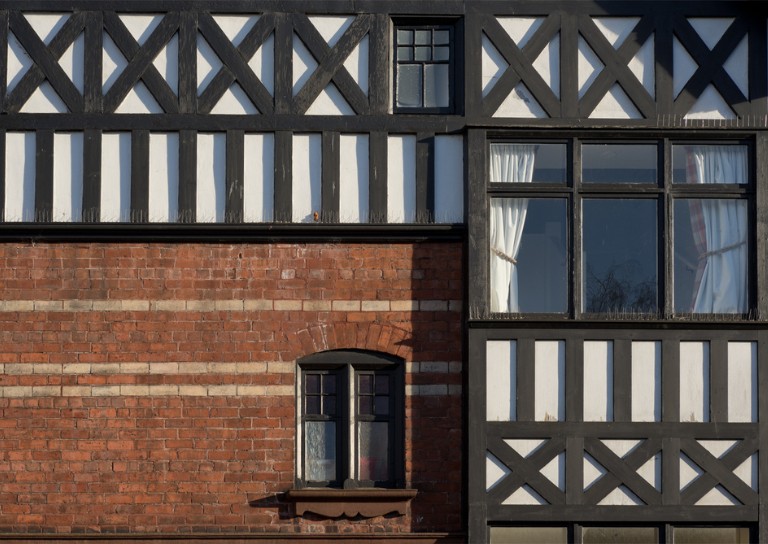
- Ronald Walker: Stirling’s Architect
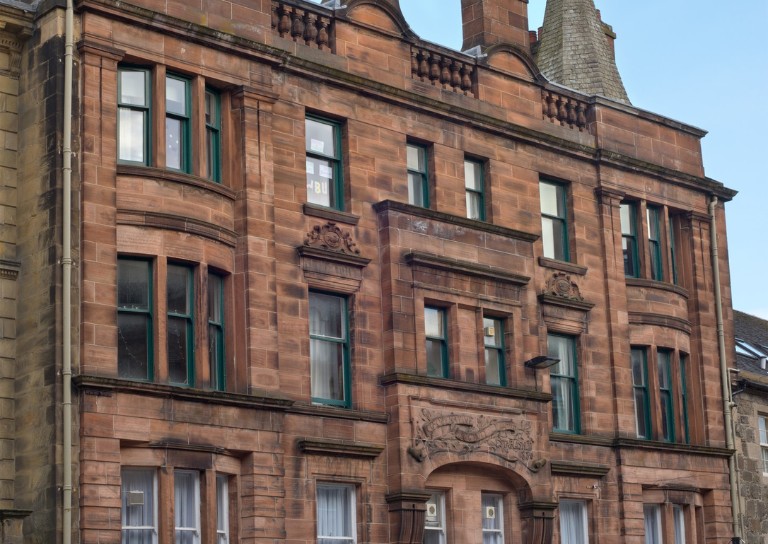
- Stirling’s Statues
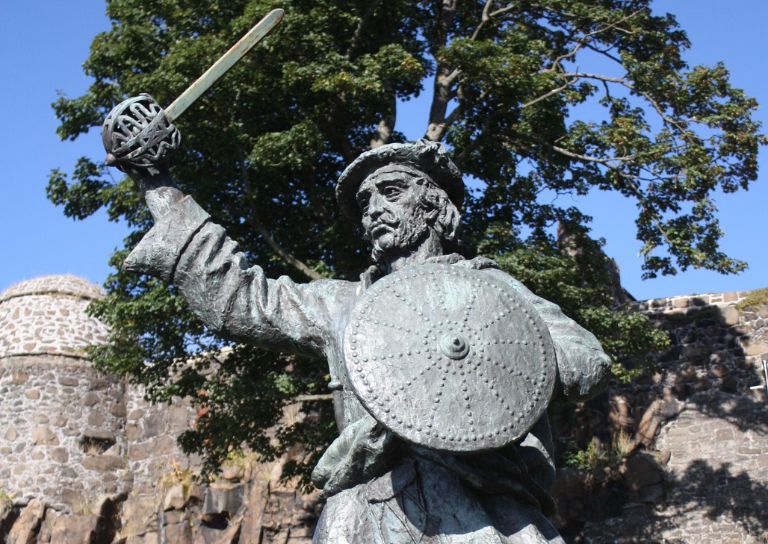
- Stirling’s Wee Bungalow Shops
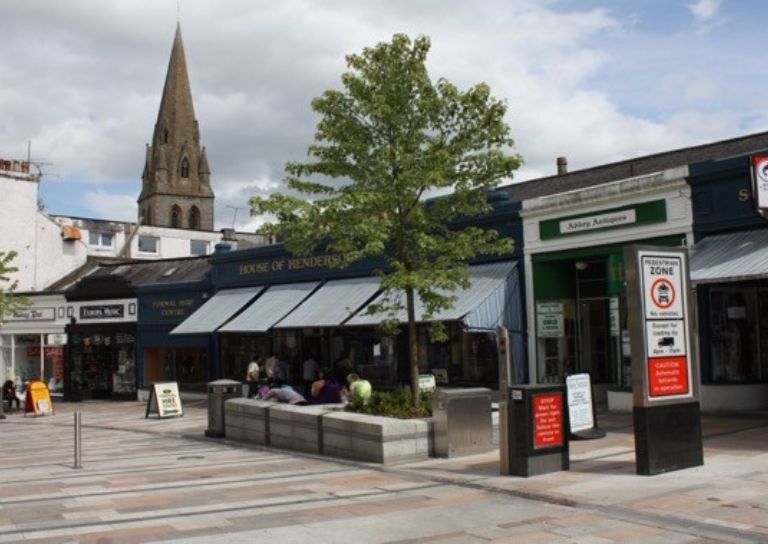
- Stirling’s Historic Hospitals
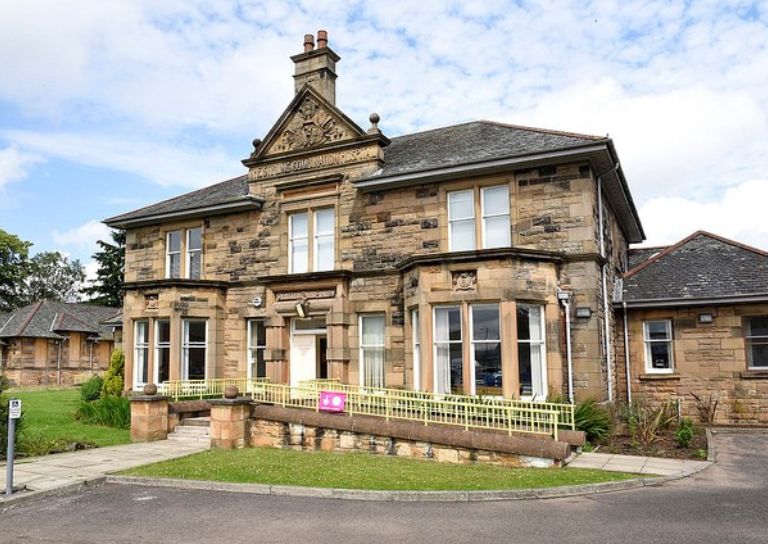
- Women in Digital Innovation and Construction
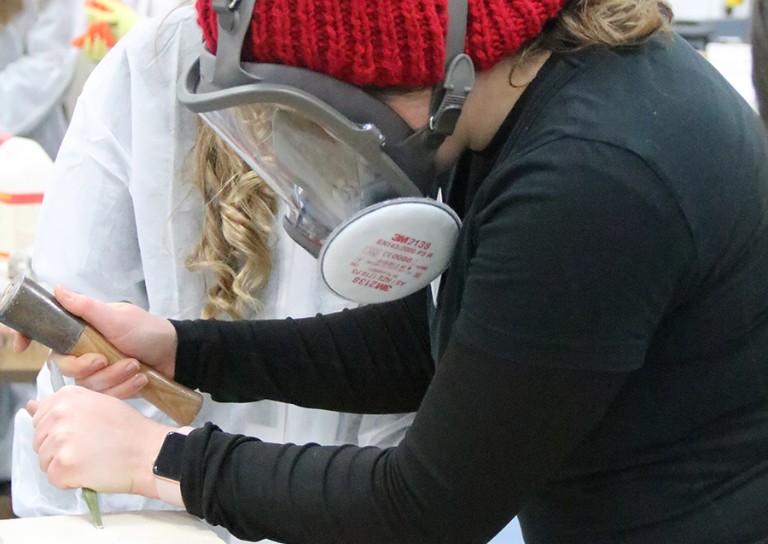
- Heritage at home: 8 of the best online heritage resources
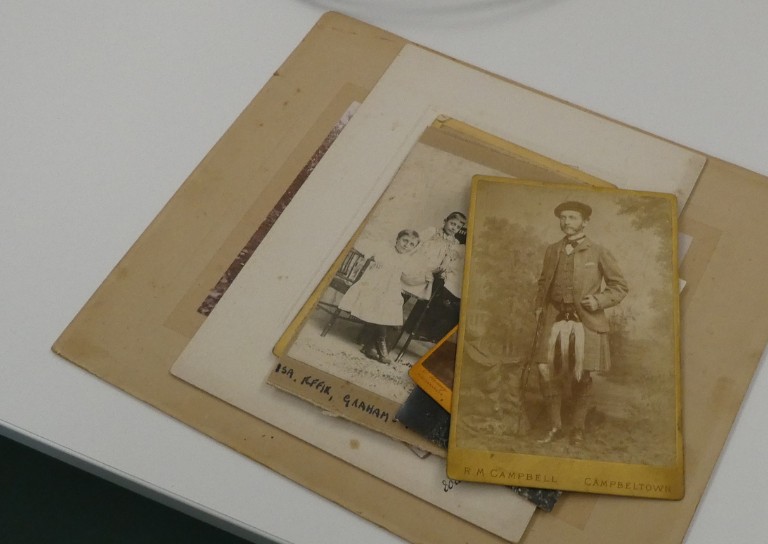
- Stirling featured at virtual heritage conference

- Five of Stirling’s greatest John Allan buildings
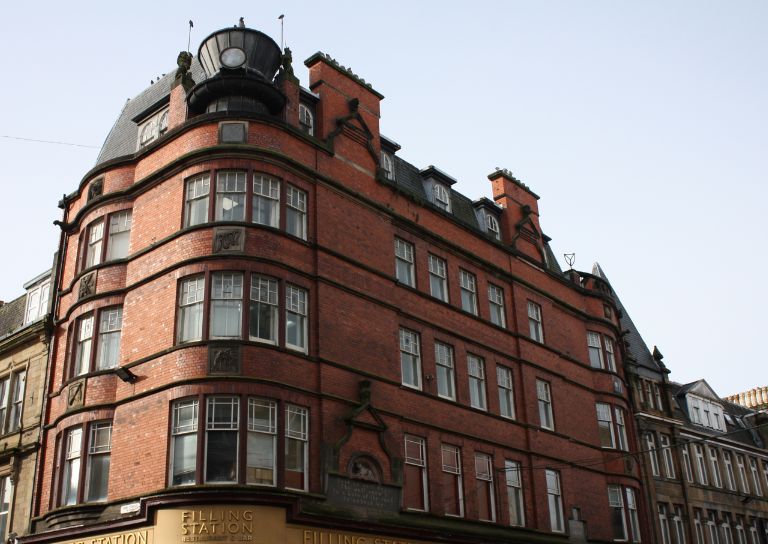
- Women in Construction – Stirling event report

- Scotland’s trailblazing women architects
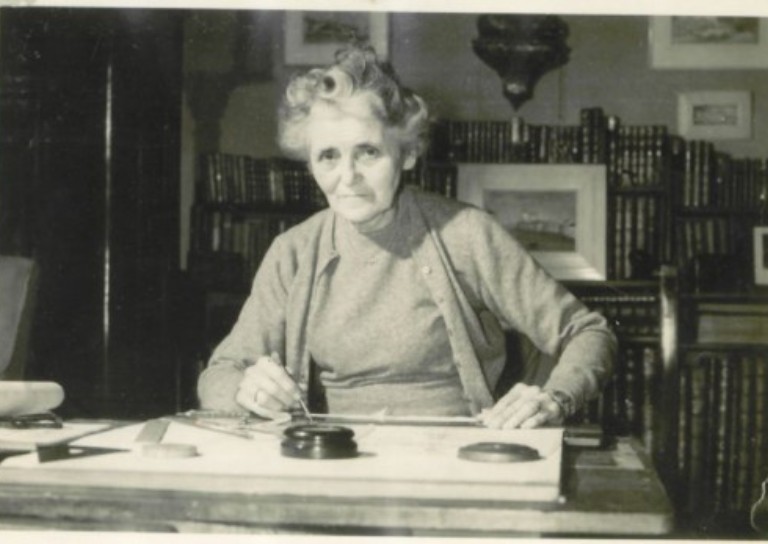
- Stirling’s Heritage: Spotlight on The Granary
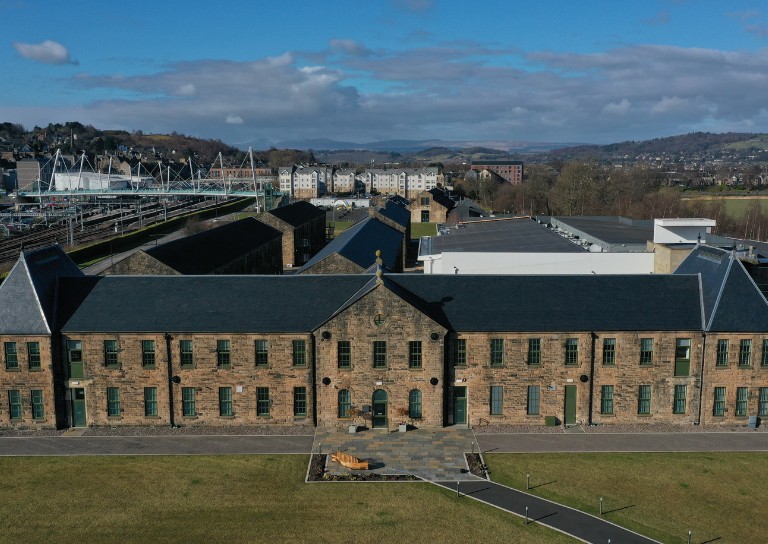
- TBHC Scheme now open to properties in Dunblane and Blairlogie
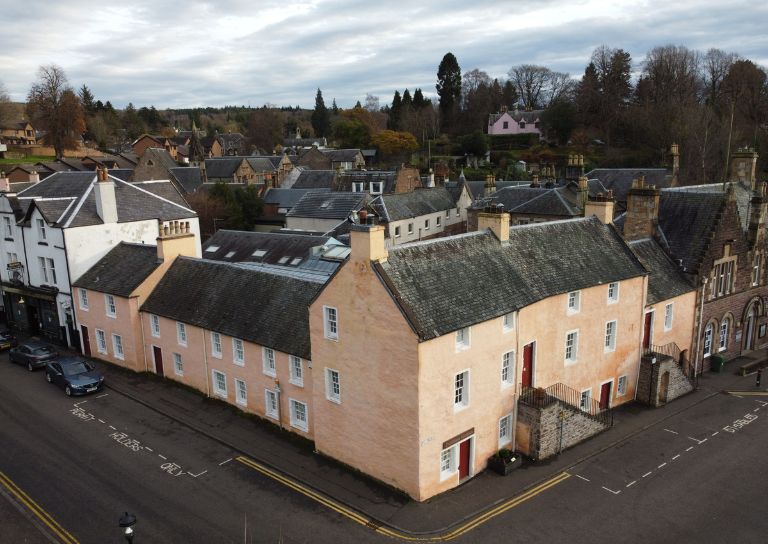
- How drones help us inspect traditional buildings

- Hazardous Masonry & Masonry Falls
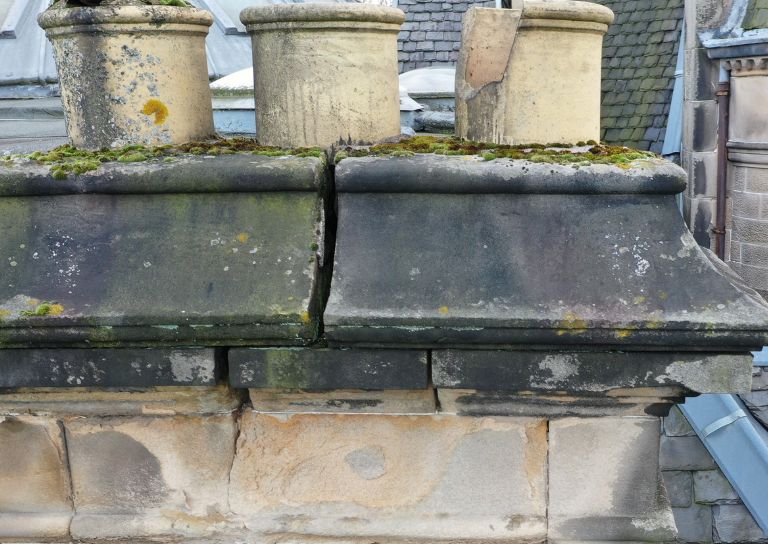
- Mason Bees: What’s the Buzz?
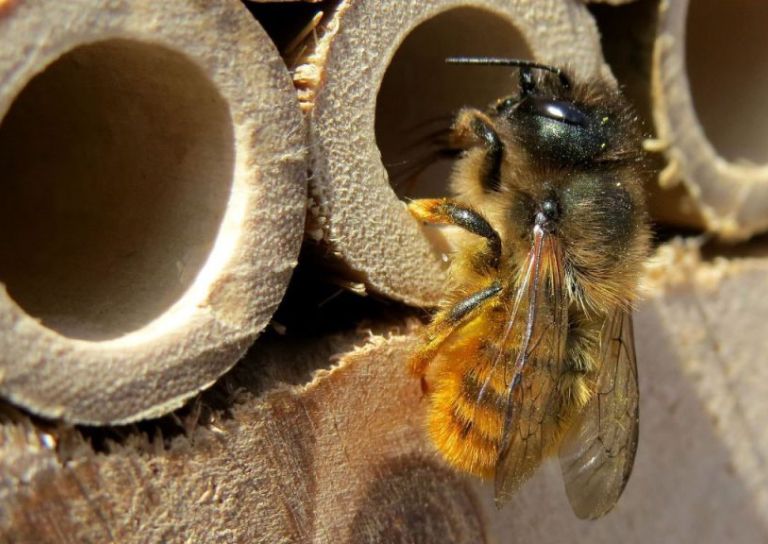
- Stirling Traditional Skills Demonstration Day Success!
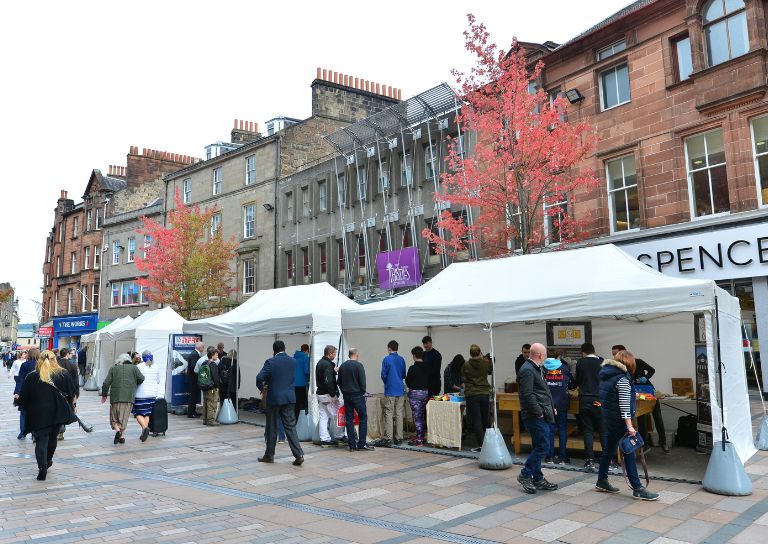
- Floating Head Sculpture at Garden Glasgow Festival 1988
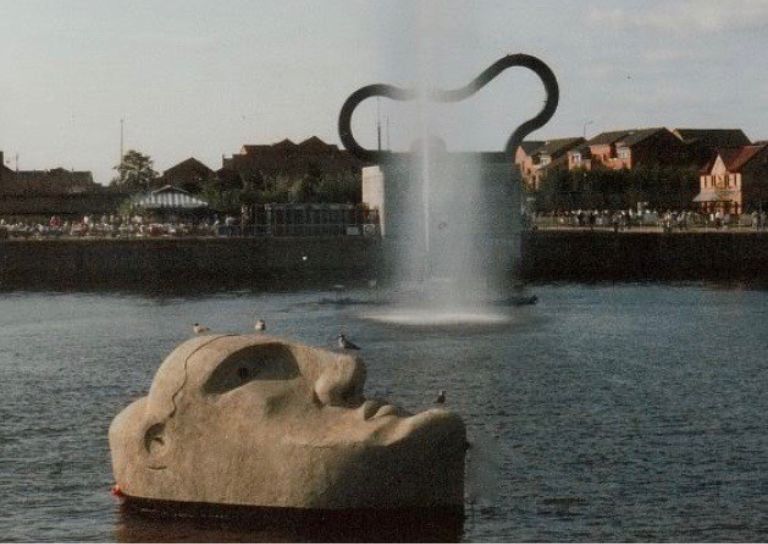
- The story behind Paisley Abbey’s Alien gargoyle
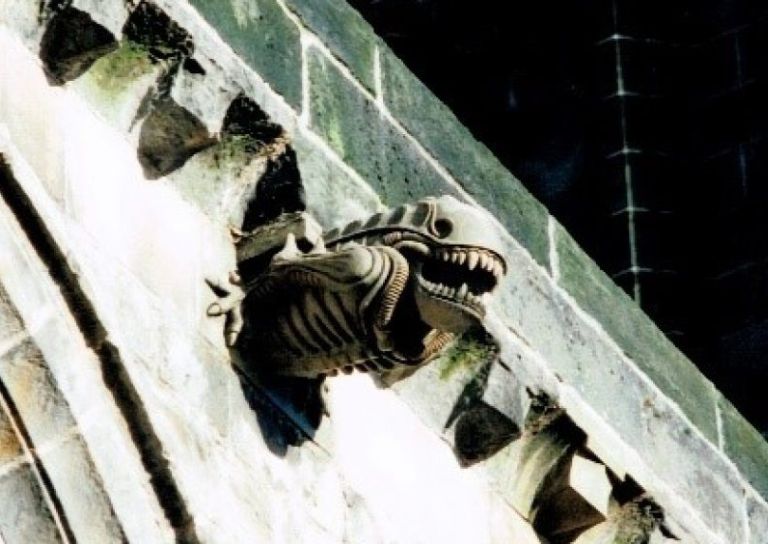
- Cambuskenneth Abbey

- Stirling City Heritage Trust Publications

- Sharing Memories: Taking '20 Great Buildings of Stirling' into the community
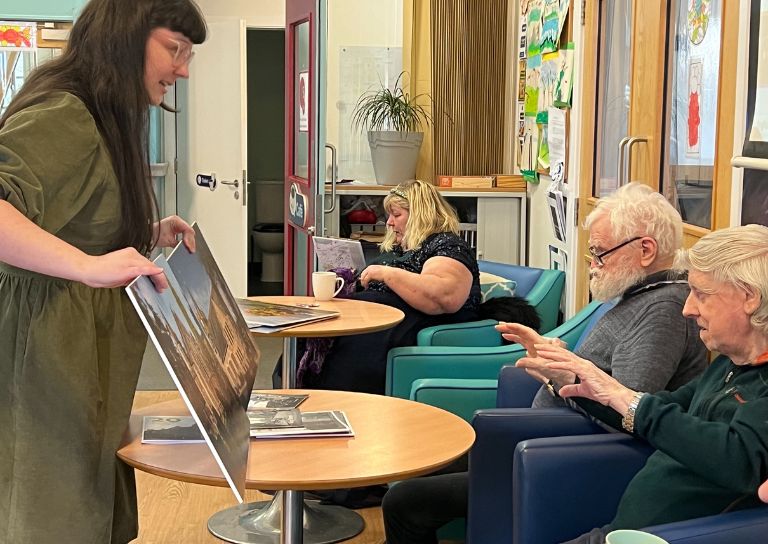
- William Wallace Statues In Stirling
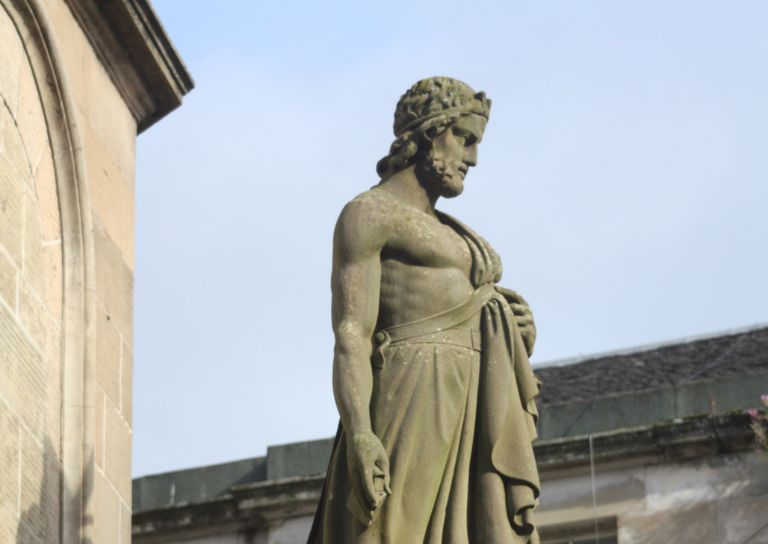
- Coronations and Royal Christenings in Stirling
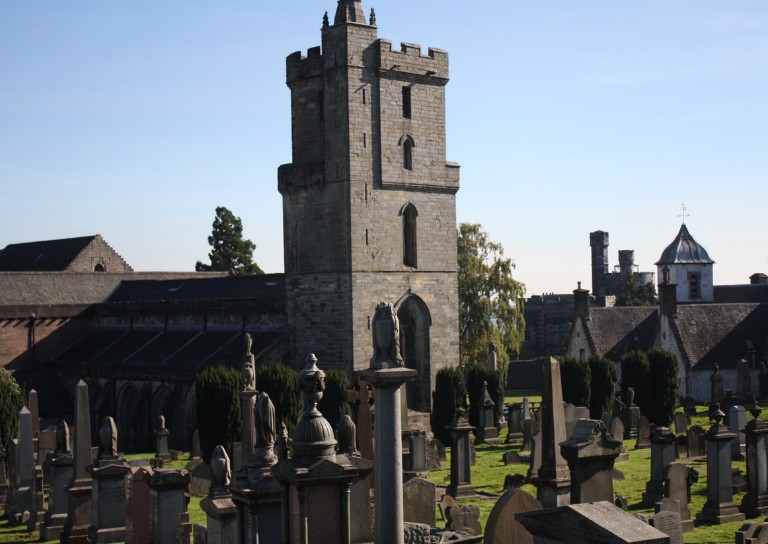
- The development of King's Park
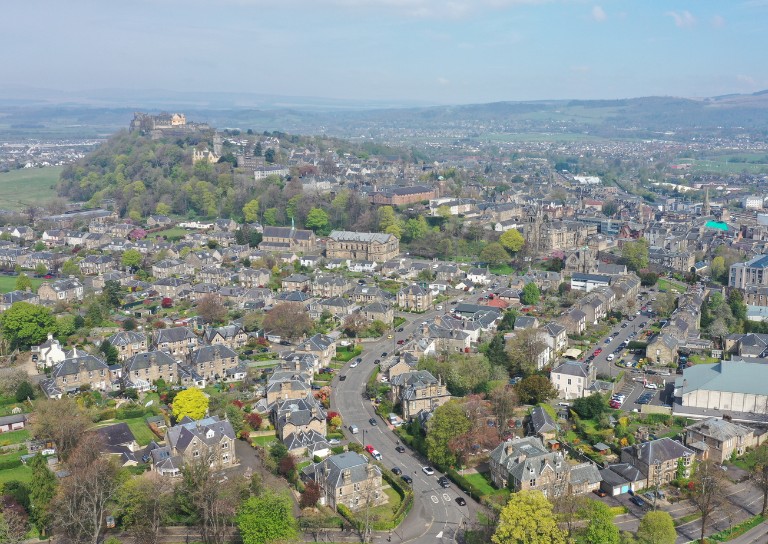
- Energy efficiency project awarded grant from Shared Prosperity Fund
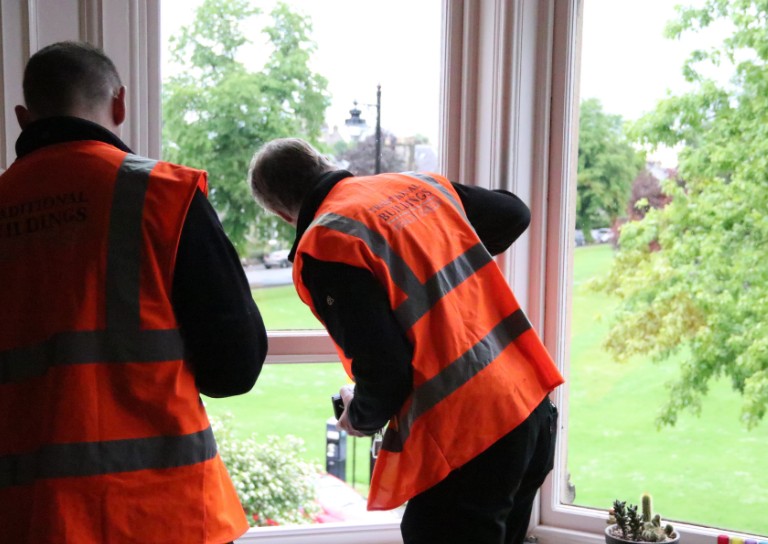
- Inspiring the Future: Stirling City Heritage Trust's Women in Construction Event at Wallace High
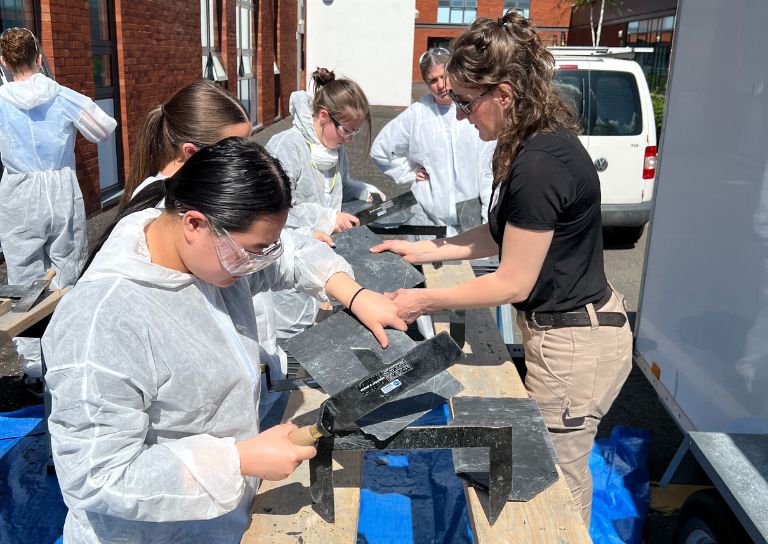
- Doors Open Days Talk: Who Built Stirling?
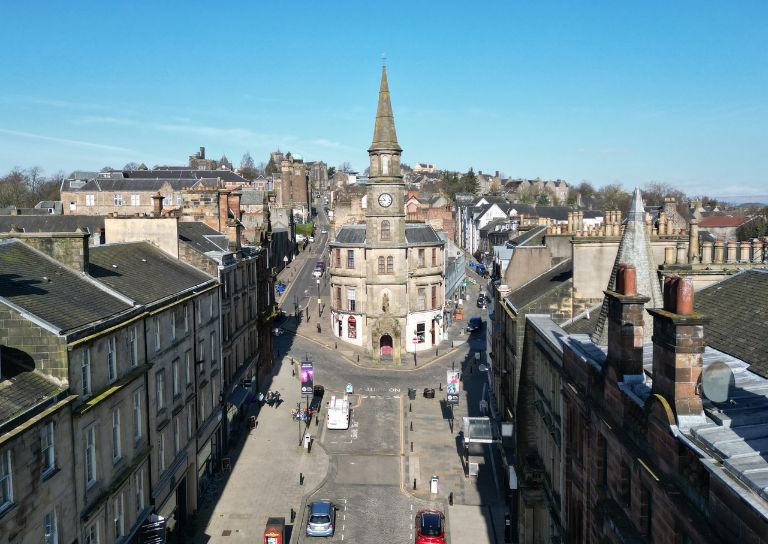
- 10 Years of the Traditional Buildings Health Check

- Growing up in Stirling: A Night of Reminiscence at The Smith
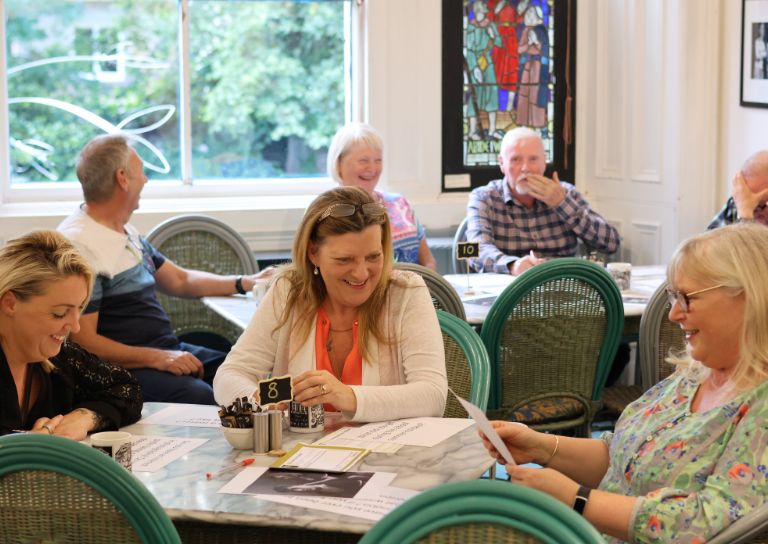
- SCHT visit to Brucefield Estate, Forestmill, Clackmannanshire
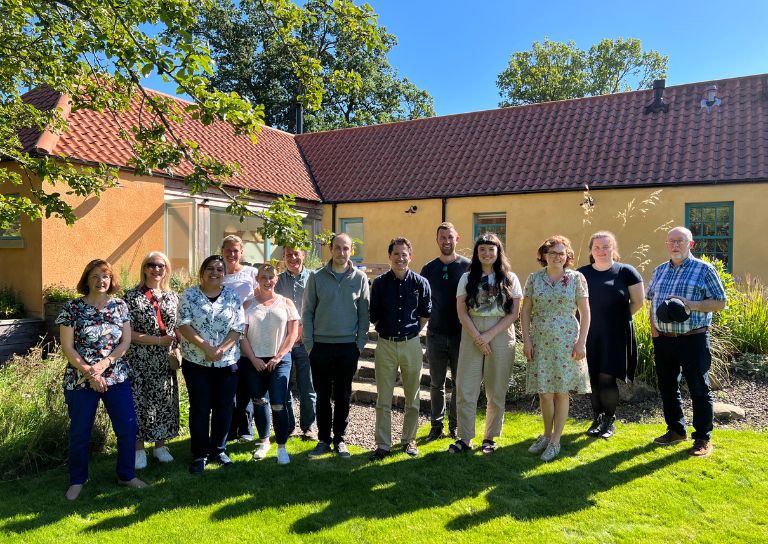
- Statement on Christie Clock
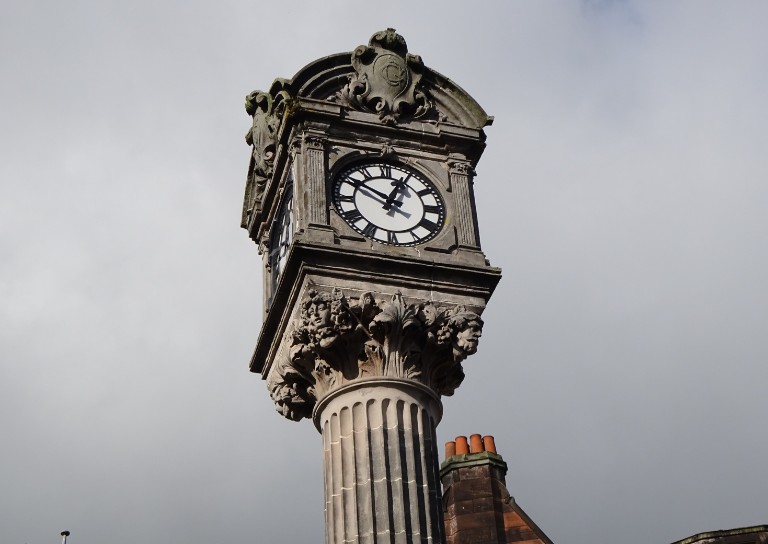
- Stirling’s Lost Skating Heritage
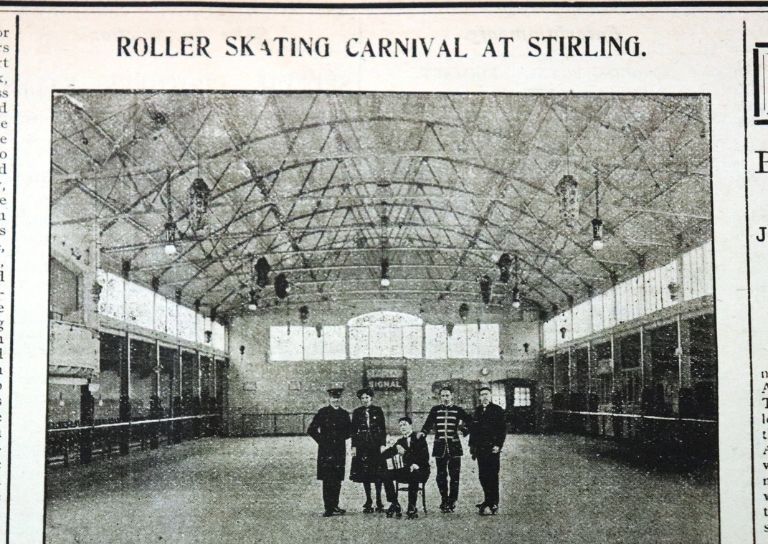
- Laurelhill House and the West Indies
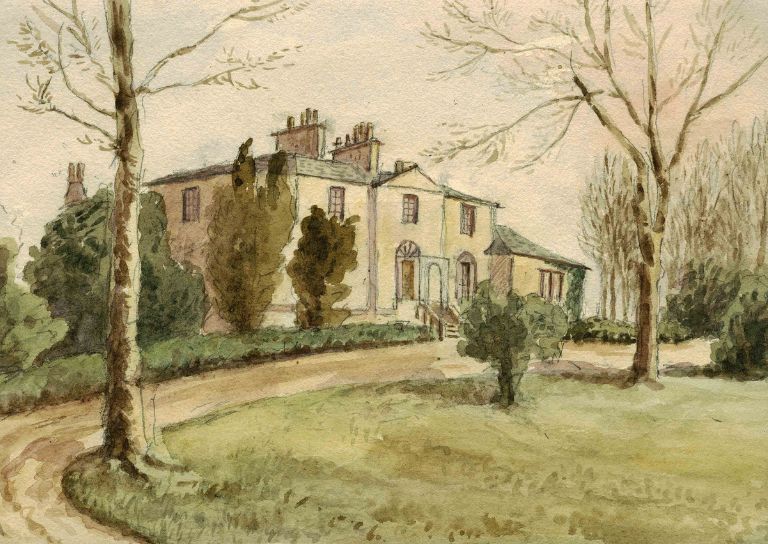
- Beechwood House and the Transatlantic Slave Trade
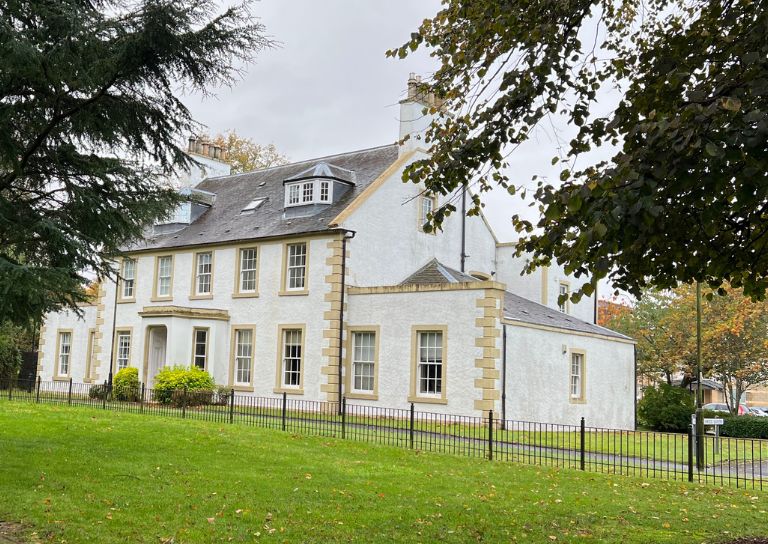
- Retrofitting Traditional Buildings
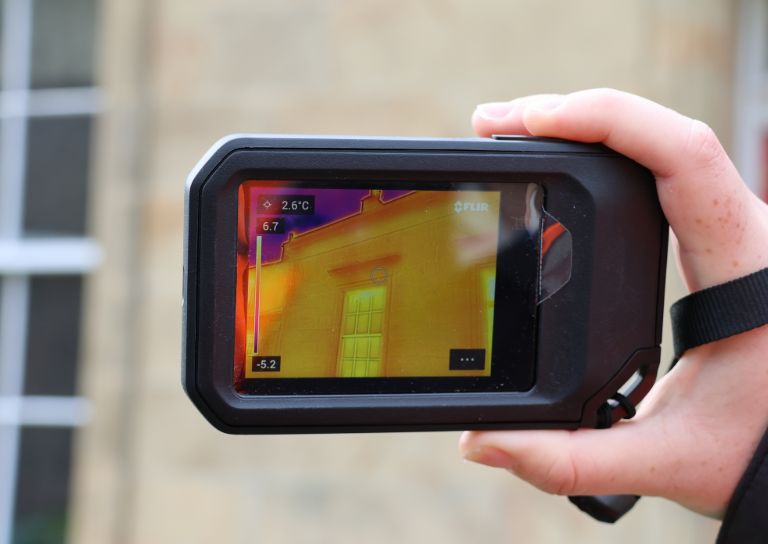
- Building Resilience: Maintaining Traditional Buildings
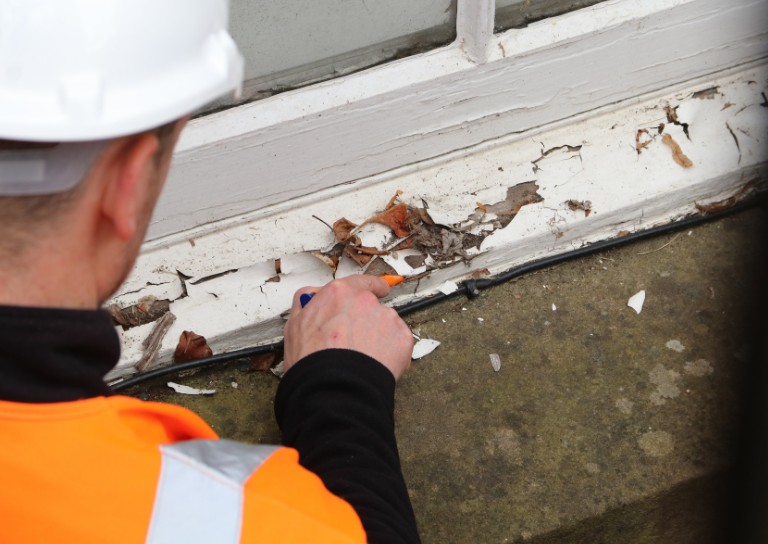
- Shopping Arcades
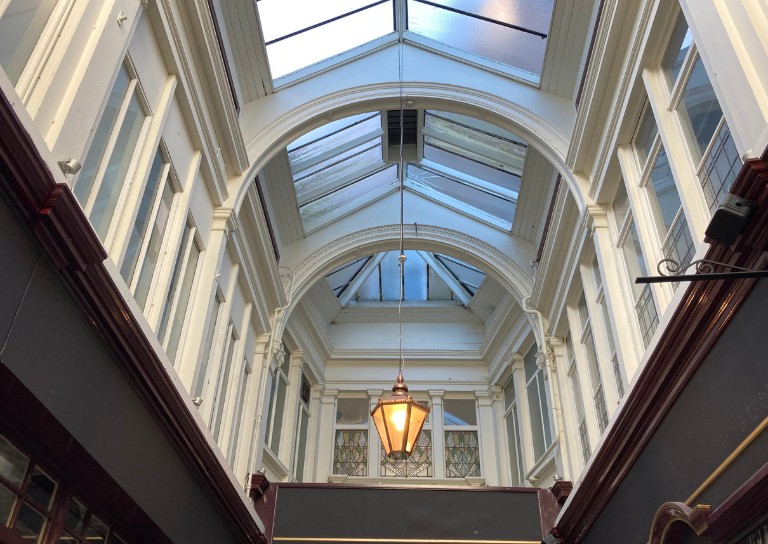
- Retrofitting Traditional Buildings: Fabric First
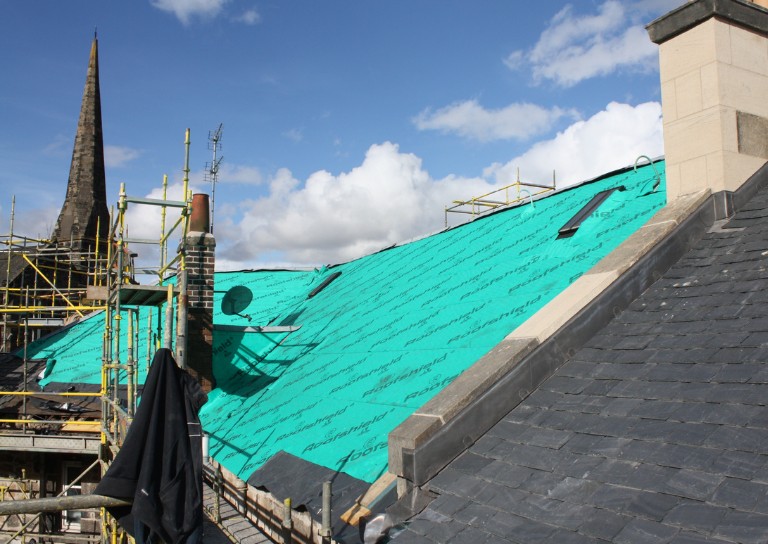
- Stirling Reminiscence Box
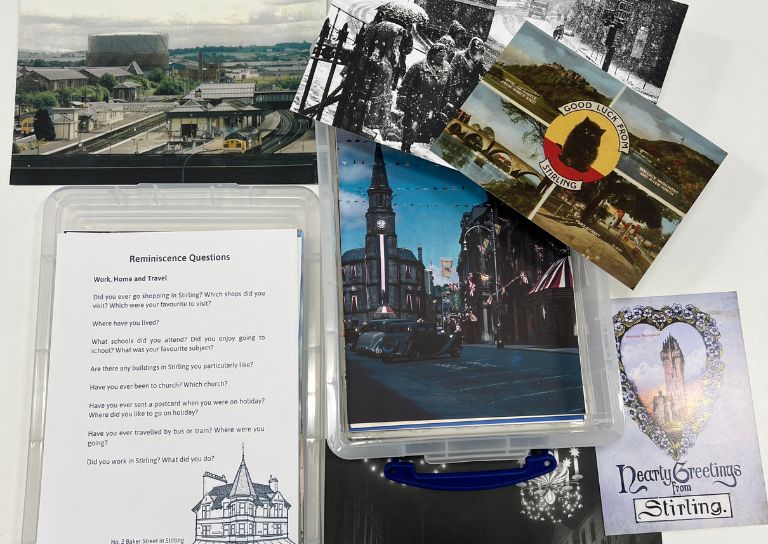
- Level 3 Award in Energy Efficiency for Older and Traditional Buildings Retrofit Course (2 Day)
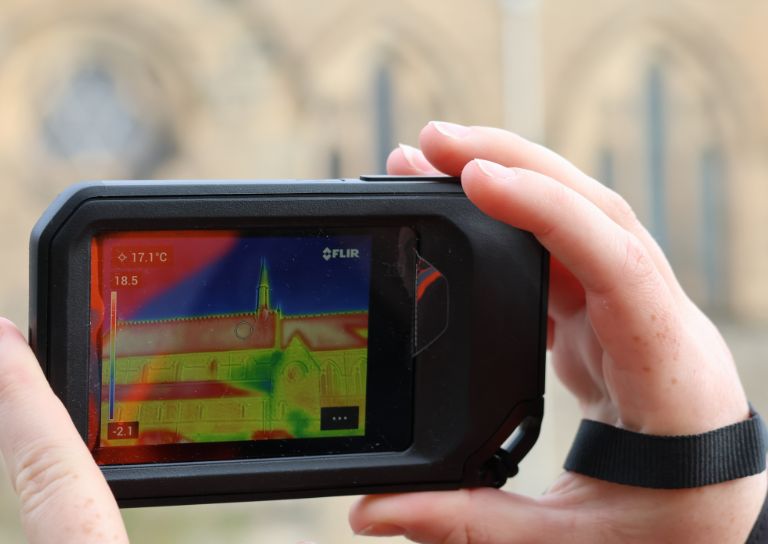
- New Retrofit Service now available for Traditional Buildings Health Check Members

- Retrofitting Traditional Buildings: Windows
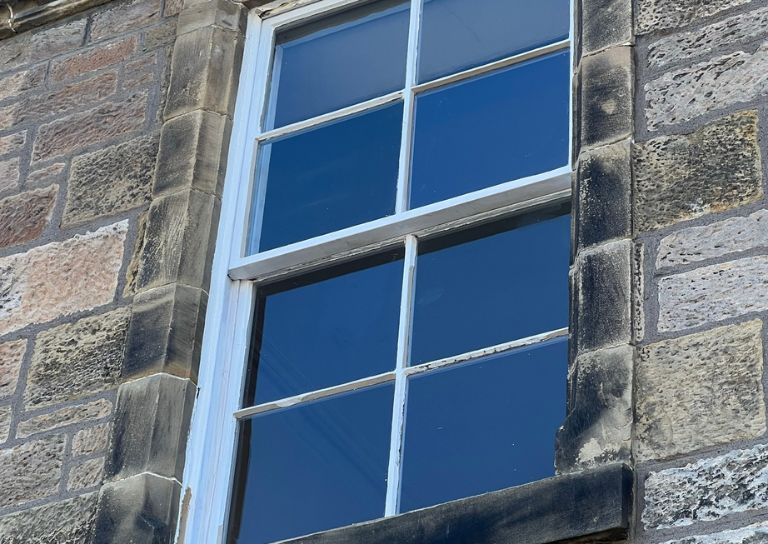
- Architects and The Thistle Property Trust

- Retrofitting Traditional Buildings: Insulation
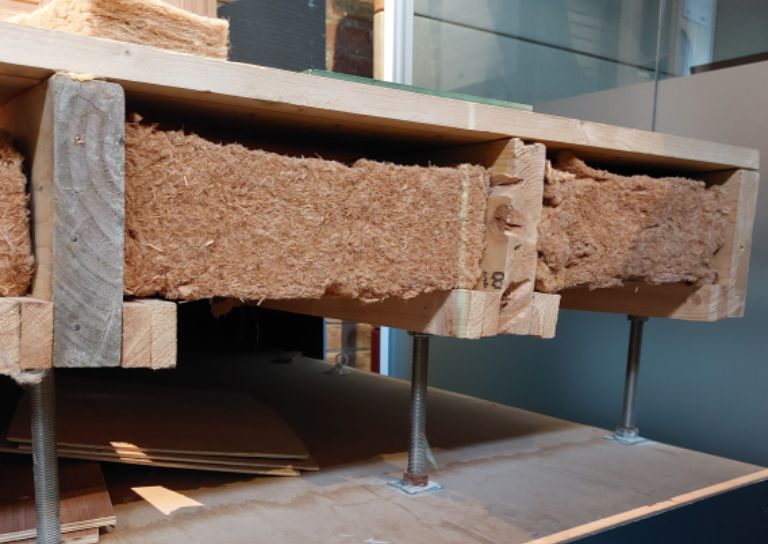
- Stirling City Heritage Trust at 20
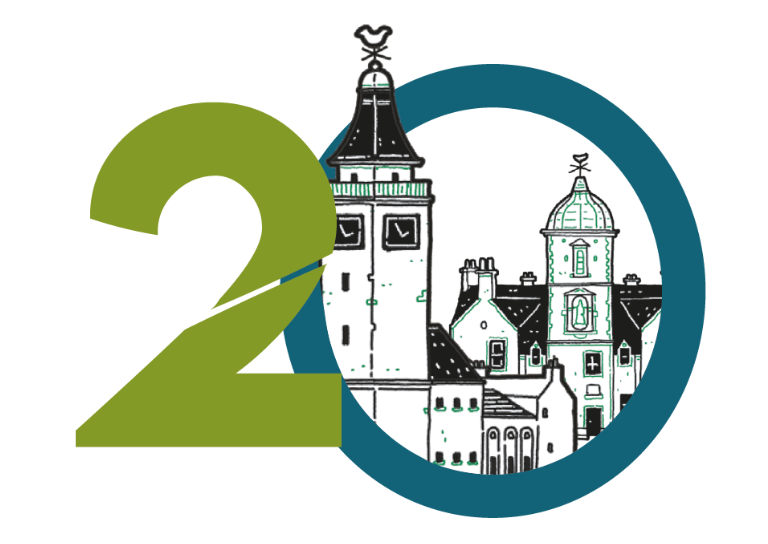
- Miss Curror and the Thistle Property Trust
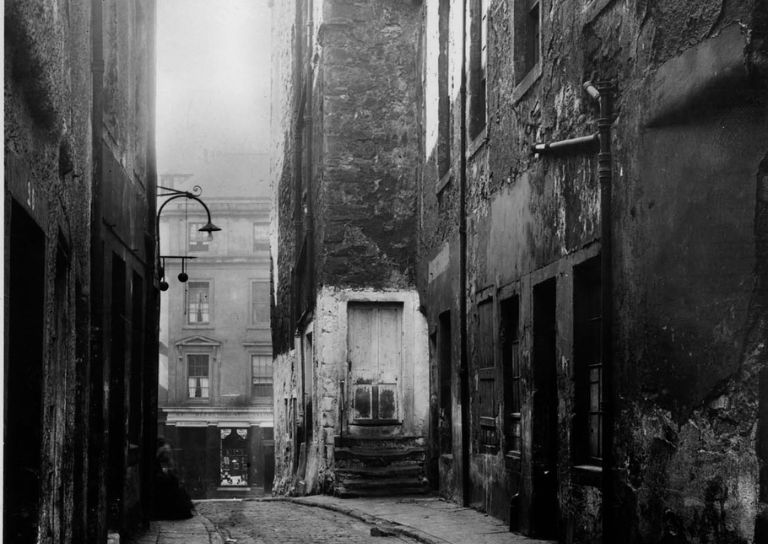
- Retrofitting Traditional Buildings: Chimneys
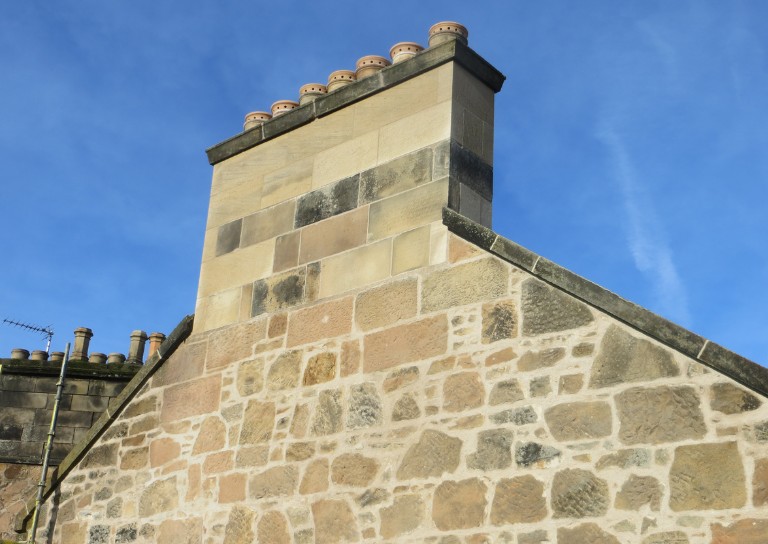
- Statement on Langgarth House

- World Heritage Day: Exploring Hayford Mill
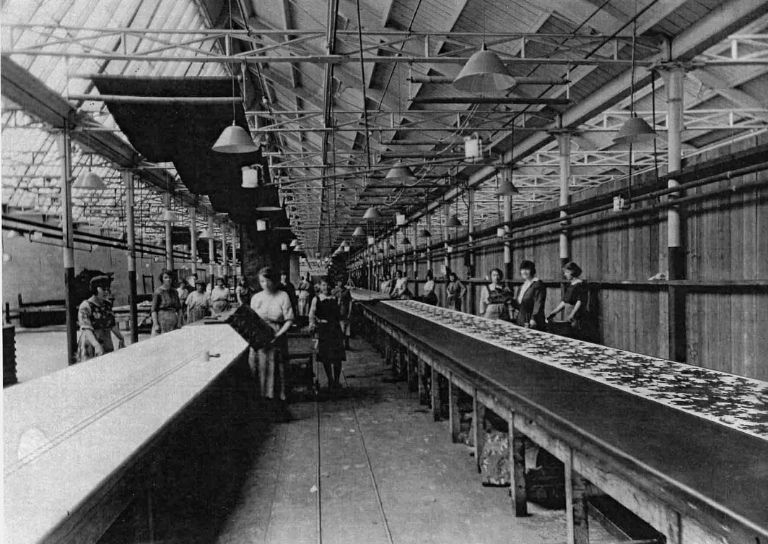
- Retrofitting Traditional Buildings: Climatic Adaptation
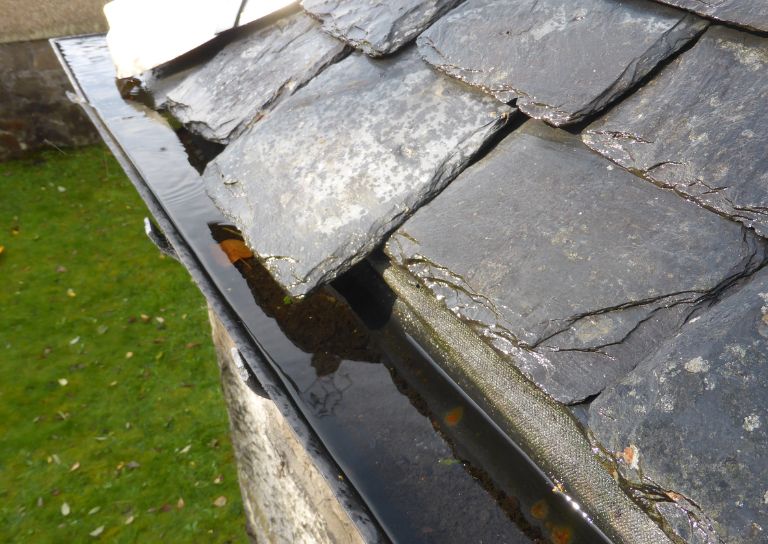
- SCHT 20: Championing Women in Construction
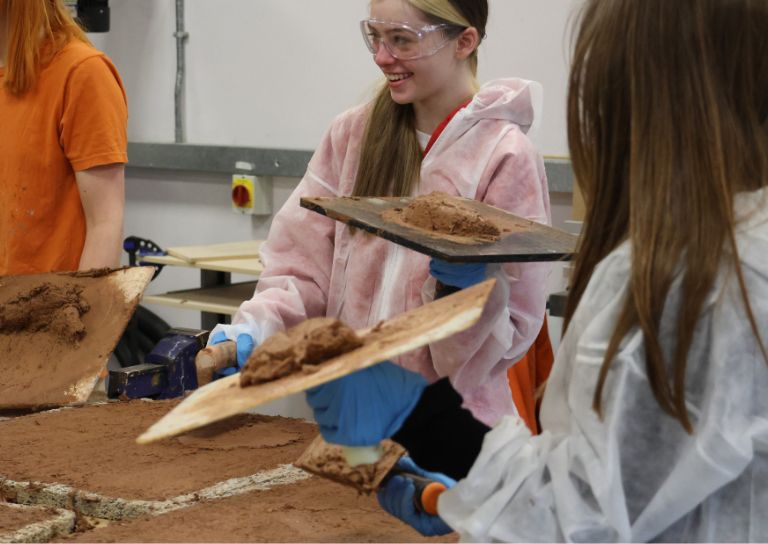
- Guest Blog: Dementia Friendly Heritage Interpretation
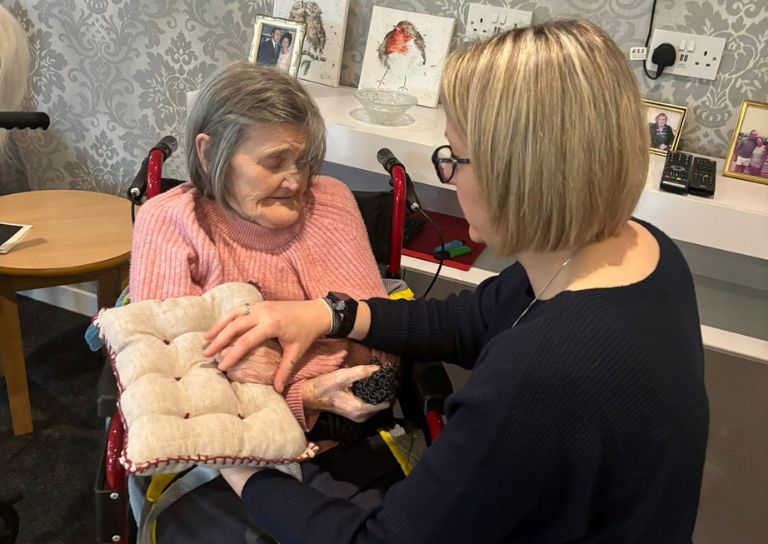
- Community Consultation launched for Stirling’s Heritage Strategy
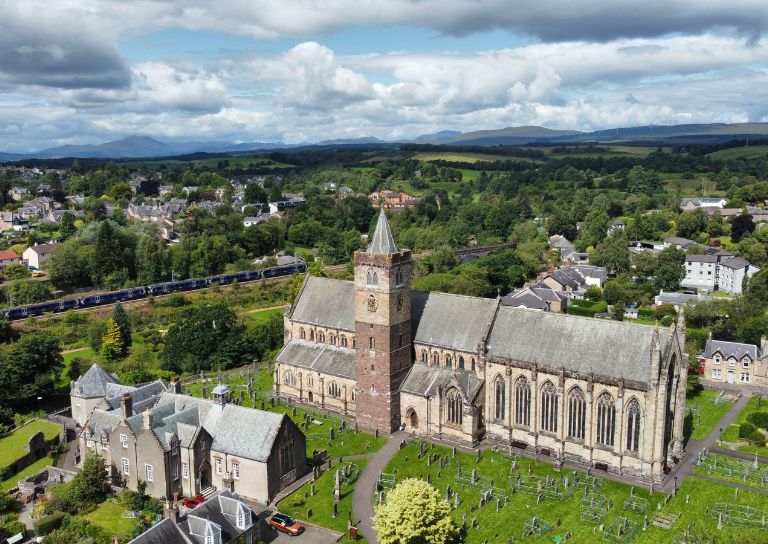
- Stirling's Lost Swimming Pools
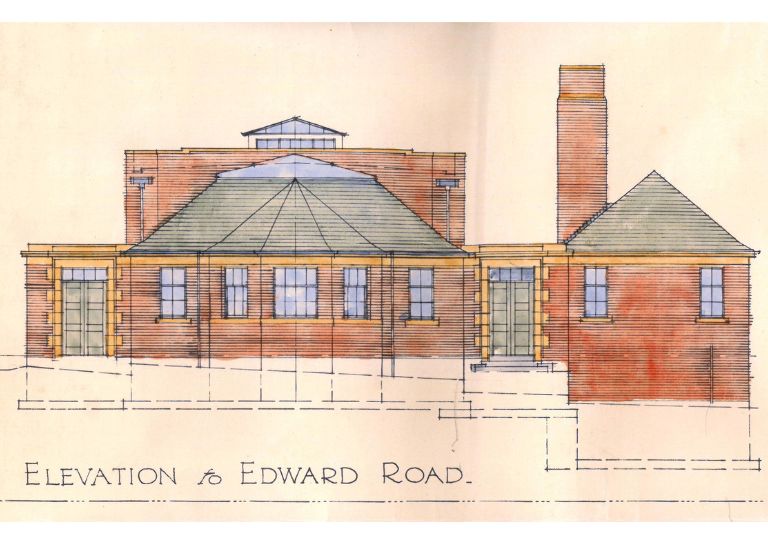
- SCHT Grant Conditions: Owners Associations
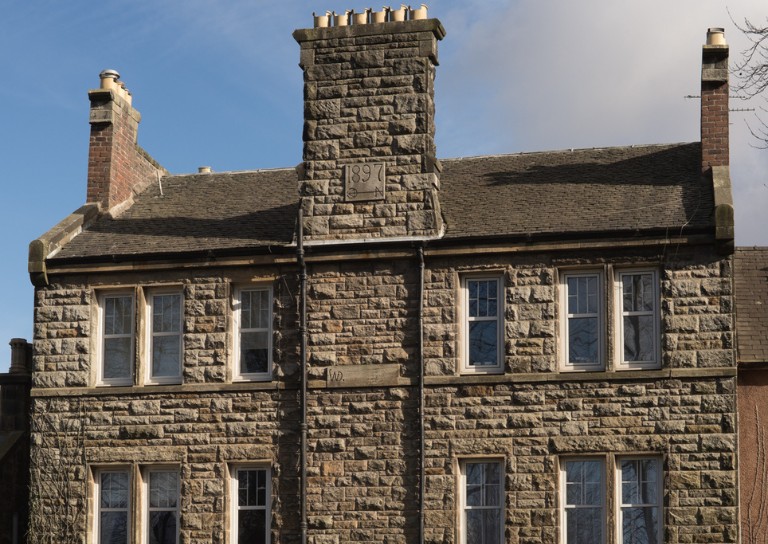
- Kings, Wolves and Drones: 20 years of care and repair at Stirling City Heritage Trust

- SVE Inspire Awards September 2024
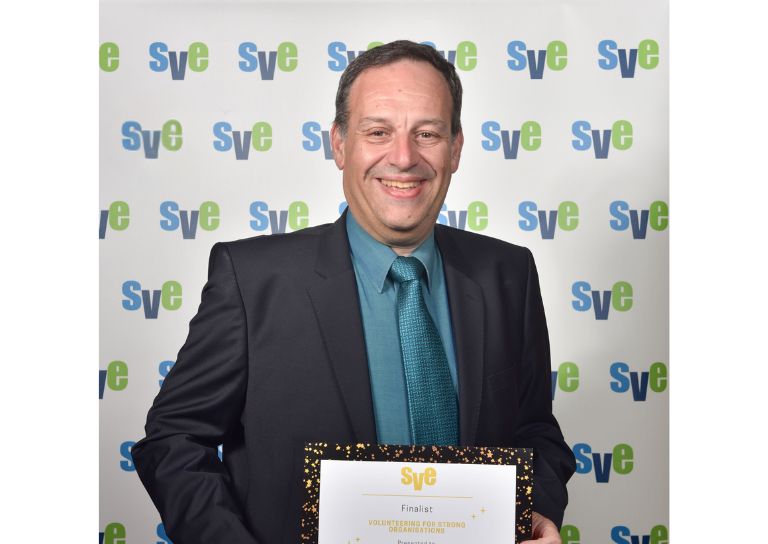
- Women in Construction at Bannockburn House
- About Us
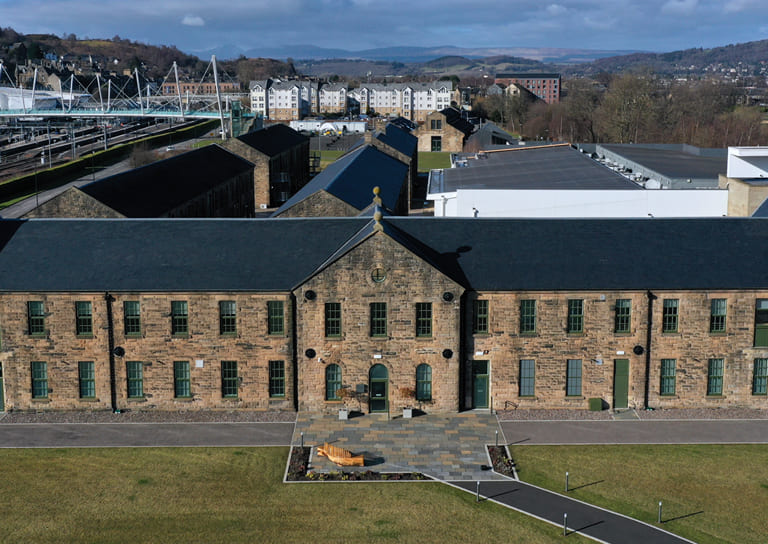
- Support Us
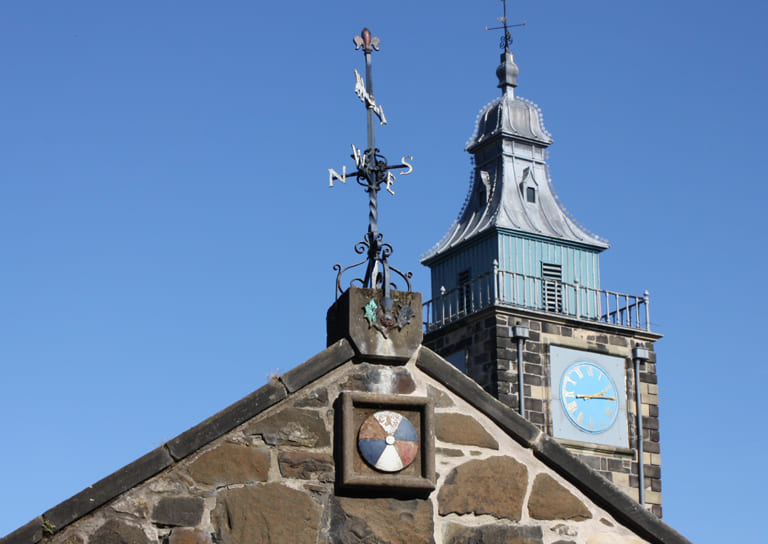
- Contact
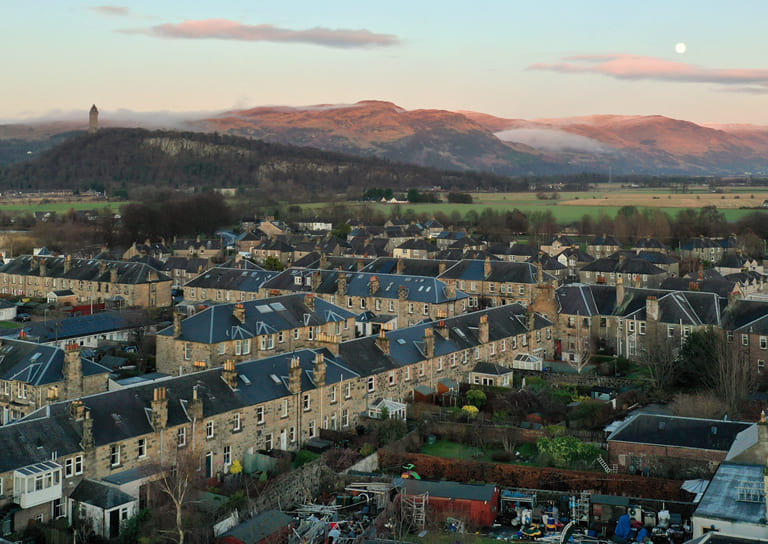
Scotland’s trailblazing women architects

Edith Mary Wardlaw Burnet Hughes (Above)
Edith Mary Wardlaw Burnet Hughes (1888-1971) is considered to be Britain’s first practising female architect after establishing her firm in 1920. Edith was the daughter of an advocate and lived in the upmarket Stockbridge area of Edinburgh until 1890 when her father, George Wardlaw Burnet, became the Sherrif Substitute for Aberdeenshire around 1890. Edith was from a progressive and successful family; her maternal grandmother Mary Crudelius (1839-1877) had been a campaigner for women’s education, and following her father’s death in 1901 Edith was raised by her uncle, the well-established Glasgow based architect John James Burnet (1857-1938). Until 1911, Edith travelled across Europe and attended lectures at the Sorbonne in Paris. That year, she returned to Scotland and became a student at Gray’s School of Art in Aberdeen where she was awarded a diploma in architecture in 1914. She became a lecturer at Gray’s in 1915 and worked in the office of Jenkins and Marr until she married her former tutor, the architect Thomas Harold Hughes (1887-1949) in 1918.
One of the reasons Edith and her husband Thomas were not hired… was because within the entirely male-staffed practice there were no female toilet for Edith’s use
One of the reasons Edith and her husband Thomas were not hired by Burnet’s London office was because within the entirely male-staffed practice there were no female toilet for Edith’s use. Thankfully, times have changed since then. Instead, the couple joined Burnet’s Glasgow office and became partners in the firm in 1919. Thomas later left to teach architecture at the Glasgow School of Art (GSA); Edith became head of the GSA’s School of Architecture and also set-up her practice in 1920. She was nominated to become a member of RIBA in 1927 by John James Burnet, John Alfred Gotch and John Begg but she was not accepted. She was eventually elected as an Honourary Fellow of the RIAS in 1968 and spent her later years living with her daughter, who was a doctor, in Kippen. She died on the 28th of August 1971 at 18 Park Terrace Stirling. Edith’s most notable works are the Mercat Cross in Glasgow, built in 1929, and Coatbridge War Memorial, built in 1924.
Isobel Hogg Kerr Beattie
Isobel Hogg Kerr Beattie (1900-1970) was the first female architect in regular practice in Scotland. The daughter of farmers, Isobel studied at the Edinburgh College of Art (ECA) from 1921 and gained her diploma in 1926. Whilst at college, she spent her summers on sketching tours of England and Scotland, and in 1929 gained a further diploma at the ECA. She was admitted to RIBA in 1931 after being put forward by John Begg, Charles Denny Carus-Wilson and Frank Charles Mears. At this point in her career, she had joined the practice of Jamieson & Arnott in Edinburgh. She later moved down to Dumfries where she worked for herself and remained working there until at least 1964. According to the Dictionary of Scottish Architects, she did a great deal of work for the Buccleuch Estate and lived in a house she designed for herself, but her life and works are underresearched, a common stumbling-block when researching women’s history. Isobel never married and died at Sibbaldbeildside Farm, Applegarth on 13th July 1970.


